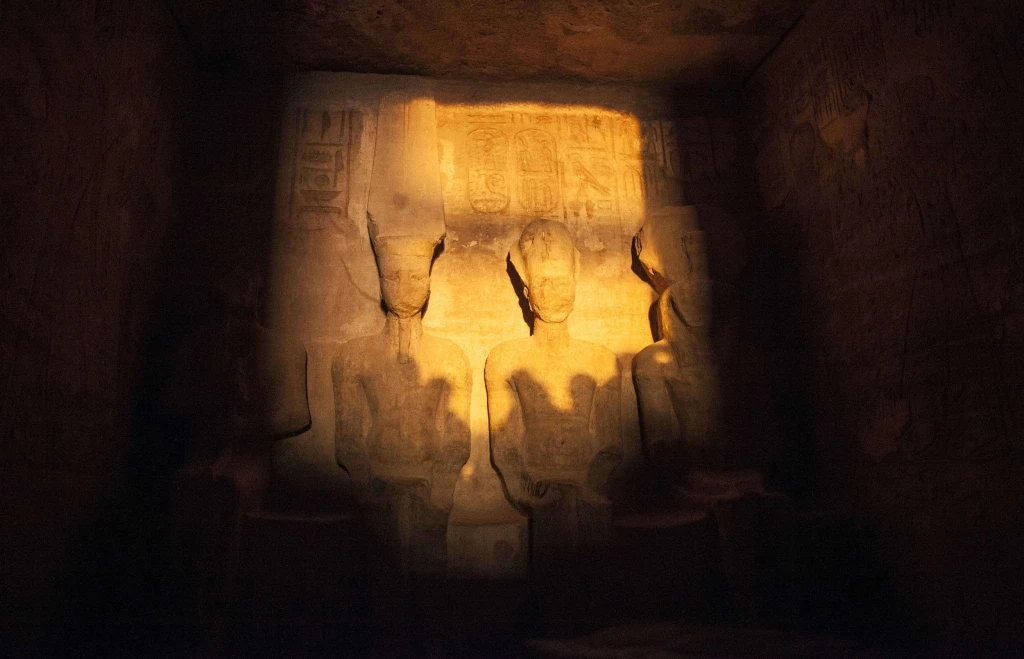
Abu Simbel Sun Festival February: Where History Meets the Sun
Every year, the Abu Simbel Sun Festival February captivates travelers, historians, and spiritual seekers alike. This extraordinary event, held at the iconic Abu Simbel Temple, celebrates ancient Egyptian ingenuity, cultural heritage, and the awe-inspiring phenomenon of solar alignment. If you’re planning to witness the Abu Simbel Sun Festival February, you’re in for an unforgettable experience that blends history, mythology, and natural wonder.
This guide will walk us through everything one needs to know about the Abu Simbel Sun Festival February, from historical significance to practical travel tips. Whether you are a history nerd, a photography enthusiast, or simply a lover of unique cultural experiences, this article will prepare you for an adventure unlike any other.
What is the Abu Simbel Sun Festival?
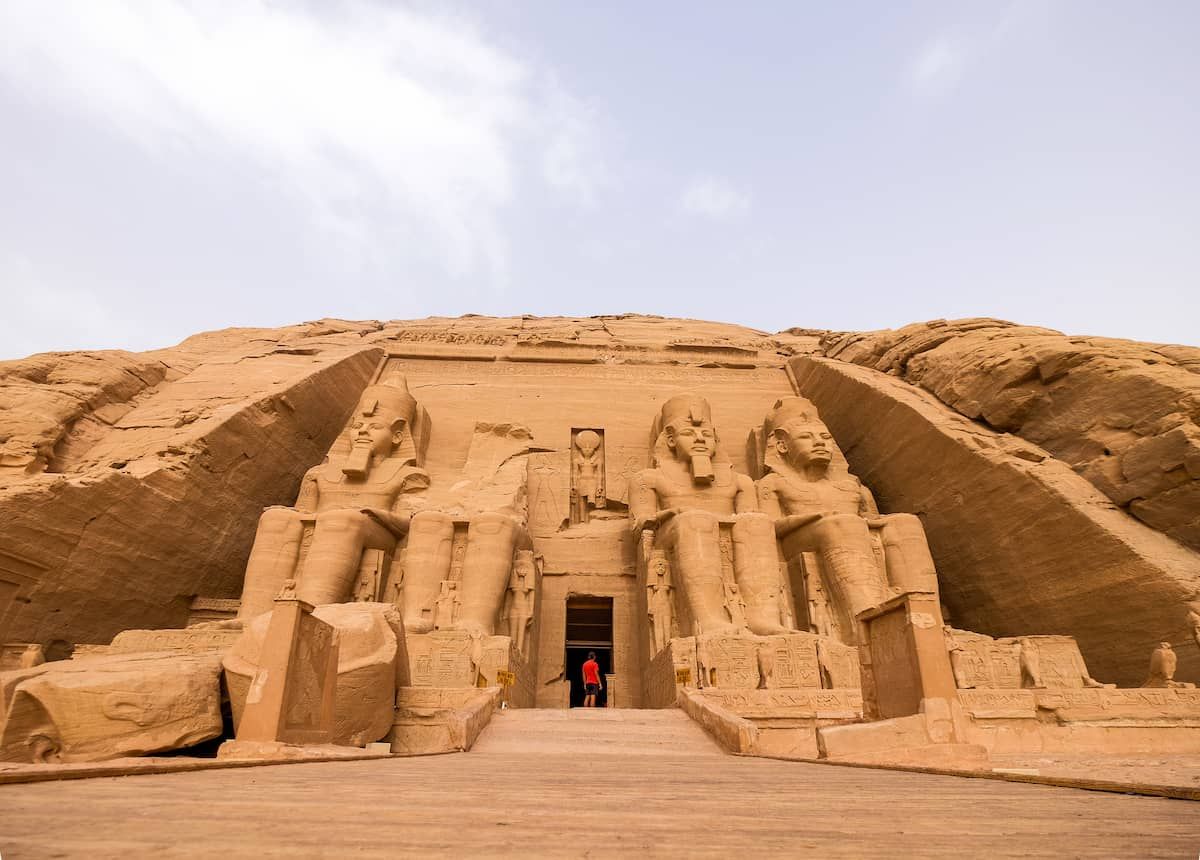
The Abu Simbel Sun Festival takes place twice every year: February 22 and October 22. On both dates, at the time of sunrise, the sun perfectly reaches the inner sanctum of the Great Temple of Ramses II, illuminating the statues of Ramses II, Ra, the sun god, and Amun. Ptah, the god of darkness, is left in the dark, demonstrating the balance of light and darkness according to Egyptian mythology.
This is telling a lot about the ancient Egyptian architecture and their deep understanding of the movement of heavenly bodies. The festival is not a mere ocular treat; it is a cultural heritage that attracts thousands of visitors from all over the world.
History Behind the Abu Simbel Temples and Ramses II
This Abu Simbel Temple was built in his name, plus three other gods, namely Amun-Ra, Ra-Horakhty, and Ptah, by one of Egypt's strongest pharaohs, Ramses II. Therefore, the said temple would symbolize and represent himself and his mighty power connected with divinity. The Abu Simbel Temple is an iconic landmark of Egypt.
The Relocation of Abu Simbel: A Monumental Feat
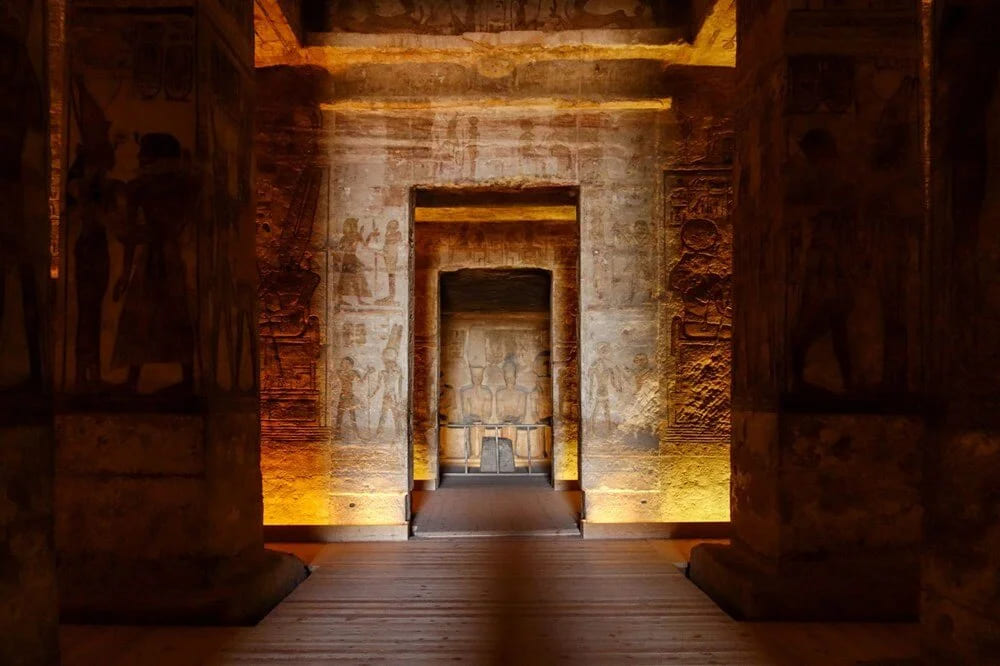
It was in the 1960s that Abu Simbel, due to the construction of the Aswan High Dam, was in danger of disappearing beneath the waters of Lake Nasser. So as not to let this treasure disappear, UNESCO began the gigantic operation of moving the temples. The whole complex was destroyed and reconstructed 65 meters higher and 200 meters away from its original site.
This successful relocation allowed the temple to preserve its alignments so that future generations could continue the Abu Simbel Sun Festival February.
Why February is Special for Abu Simbel
While the festival happens twice every year, the Abu Simbel Sun Festival February has its particular charm. Here's why:
- Perfect Weather: February exhibits mild temperatures, perfect for temple exploration and outdoor activities.
- Cultural Significance: The alignment in February also marked the beginning of the agricultural season in Ancient Egypt, signifying renewal and fertility.
- Smaller Crowds: In comparison with the festival held in October, February has fewer tourists, which makes it more personal.
The History Behind the Abu Simbel Temples
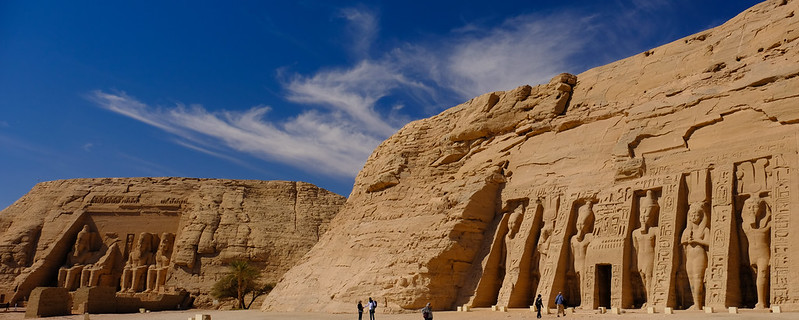
It was during the time of one of Egypt's strongest pharaohs, Ramses II, that the Abu Simbel Temple complex was built. The temples were carved into the side of the mountain during the 13th century BCE and served as a monument and testament to the greatness of Ramses II and his devotion to the gods.
The Great Temple of Ramses II
Dedicated to Ramses II himself, the temple has four colossal statues of the pharaoh seated on his throne.
Inside the inner sanctum are the statues of Ramses II, Ra, Amun, and Ptah.
The Temple of Nefertari
Standing next to the Great Temple is a smaller temple, which was dedicated to Queen Nefertari, the favorite wife of Ramses II.
It is one of the few temples in ancient Egypt dedicated to a queen.
The Solar Alignment Phenomenon
The alignment of the sun at Abu Simbel is a miracle of the architecture and astronomy of the ancient Egyptians. This is how it works:
- Precision Engineering: The temple was designed such that sunlight would pierce the inner sanctum only on two days of the year-February 22nd and October 22nd.
- Symbolism: The lights on Ramses II, Ra, and Amun symbolize or represent the connection of the pharaoh to the gods; whereas Ptah, the god of darkness, remains in the darkness.
- Modern-day significance: Although the temple relocation was successful during the 1960s for salvation from the rising waters of Lake Nasser, the alignment continues.
Exploring Abu Simbel Beyond the Festival
While the festival is the main attraction, Abu Simbel has much more to offer:
- The Temple of Nefertari: Explore this beautifully preserved temple dedicated to Ramses II’s queen.
- Lake Nasser: Enjoy a peaceful stroll along the waterfront or take a boat ride to admire the temples from a different perspective.
- Nubian Villages: Visit nearby Nubian villages to learn about their unique culture and traditions.
Photography Tips for Abu Simbel
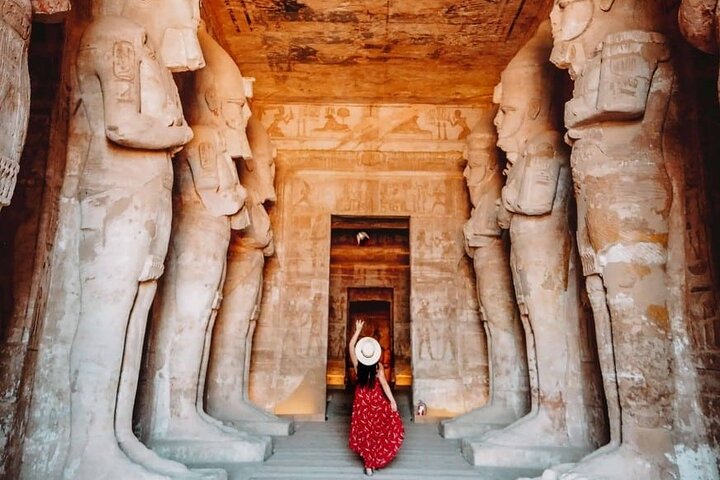
Capturing the magic of the Abu Simbel Sun Festival requires preparation:
- Take a wide-angle lens to frame the grandness of the temple.
- Arrive well in advance for the best light conditions.
- Without using flash, to keep the carvings inside the temple intact.
The Role of Music and Dance in the Abu Simbel Sun Festival
Of course, the Abu Simbel Sun Festival is not only a pleasure of vision but also part of Egyptian culture, alive with music and dance. The Nubian performances stand at the core of the festivities, filling the air with rhythmic drumming, melodic songs, and vibrant dances. These are not mere representations but an act of homage to the region's very rich heritage and a way of connecting visitors with the spirit of ancient Egypt.
As the sun rises and this alignment of temples starts to hypnotize the crowd, ouds ring in an old traditional string instrument tablas, drums. A magical atmosphere is created as local dancers, garbed in colorful, traditional attire, move fluidly to the songs, their dancing reflecting the actions of pharaohs, gods, and the Nile itself. For most people, these will be the best performances of festivals, adding feeling and emotion to an unforgettable experience.
Personal Experiences at the Abu Simbel Sun Festival
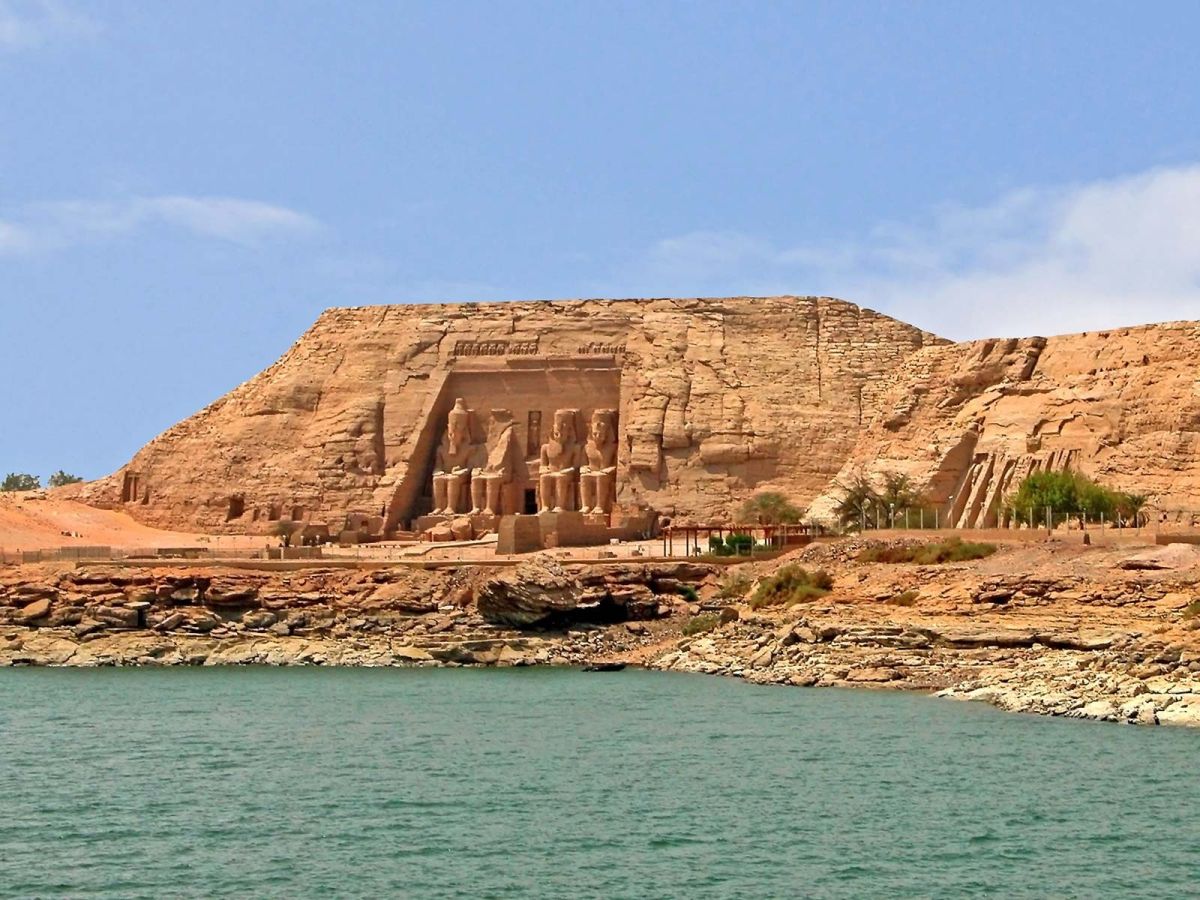
Abu Simbel's Sun Festival February was nothing short of magical, and I couldn't have asked for more with Respect Egypt Tours. Since the moment I arrived in Aswan, their team handled everything to the slightest detail, which was to provide a smooth trip to Abu Simbel. Comfortable with a ton of scenery throughout this 6-hour drive, our well-read guide let us know about the history of the temples concerned and the relevance of the festival.
A very special highlight was viewing the first sun rays shining upon the statues of Ramses II, Ra, and Amun. We also had the traditional Nubian dinner and the enthralling Light and Sound Show on the previous evening. The tour was smooth, enriching, and simply magical with Respect Egypt Tours.
Why Book with Respect Egypt Tours
When you book with Respect Egypt Tours, you’re not just getting a trip—you’re getting an experience. Our expert guides, seamless planning, and exclusive access ensure an unforgettable journey. For travelers looking to combine the Abu Simbel Sun Festival February with other iconic Egyptian experiences, we offer two exceptional tour packages:
- 5-Day Egypt Vacation Package: This luxurious itinerary includes visits to Cairo, Aswan, and Luxor, with optional add-ons for the Abu Simbel Sun Festival.
- 7-Day Trip to Egypt Itinerary: A budget-friendly option that covers Egypt’s top attractions, including the Great Pyramids, the Valley of the Kings, and the Abu Simbel Temple.
Both tours can be customized to include the Abu Simbel Sun Festival February, ensuring a seamless and enriching experience.
Conclusion
The Abu Simbel Sun Festival, which happens in February, is an experience once in a lifetime, as it is full of history, culture, and natural beauty. From the magnificent solar alignment to the vivid festivities, this festival has something to offer to each and every one.
Book your trip now with Respect Egypt Tours to witness the magic of the Abu Simbel Sun Festival February. This is the chance to travel back in time and witness the magic of ancient Egypt
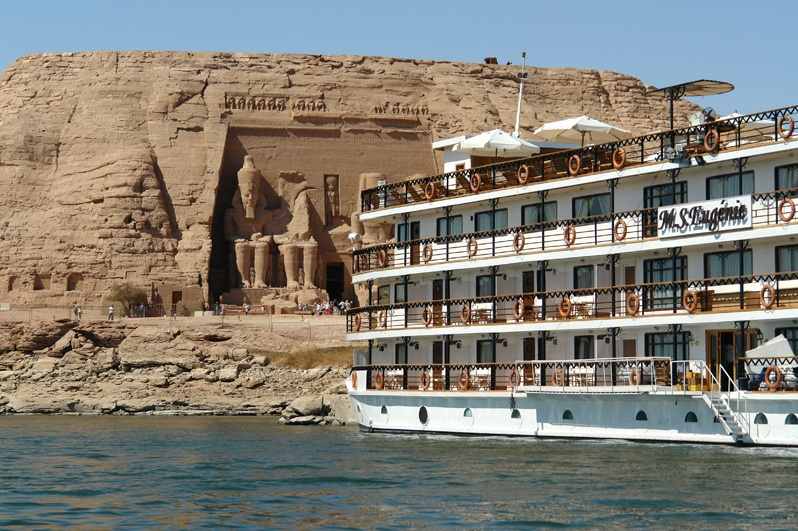
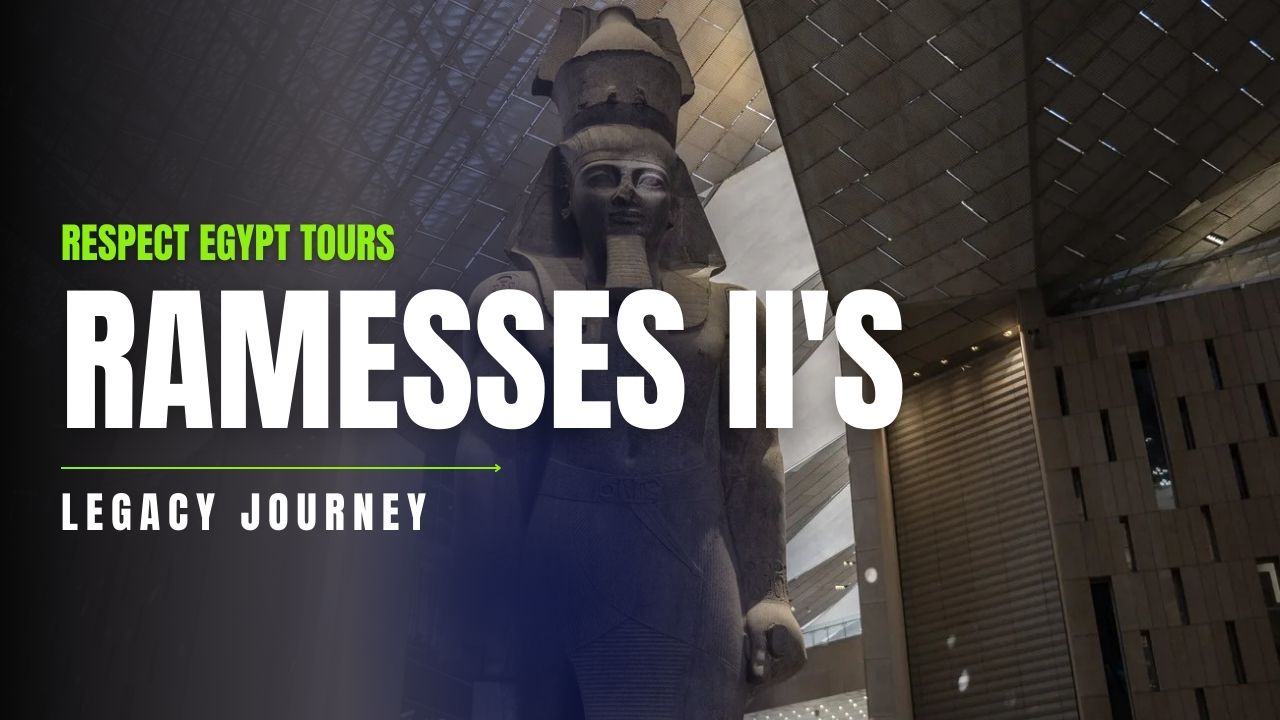
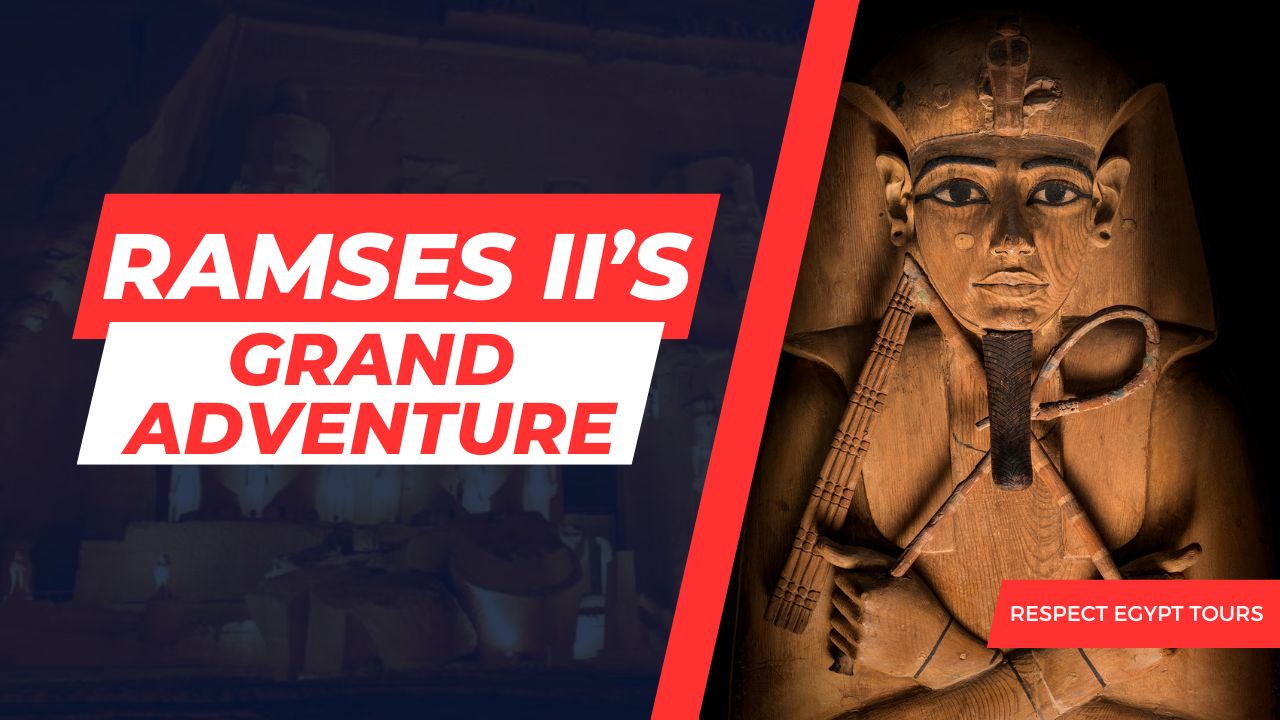




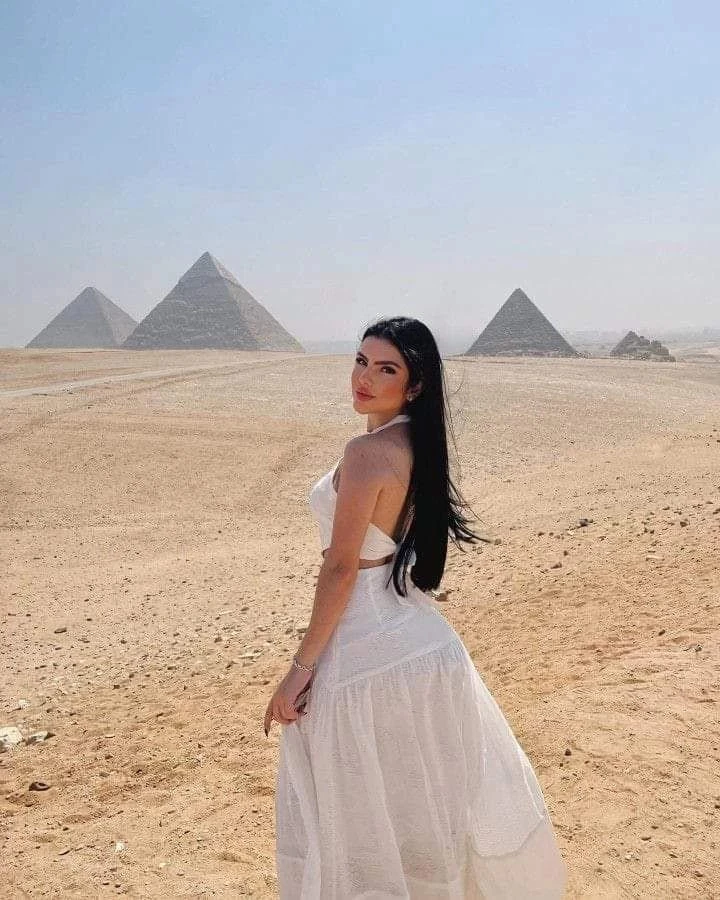
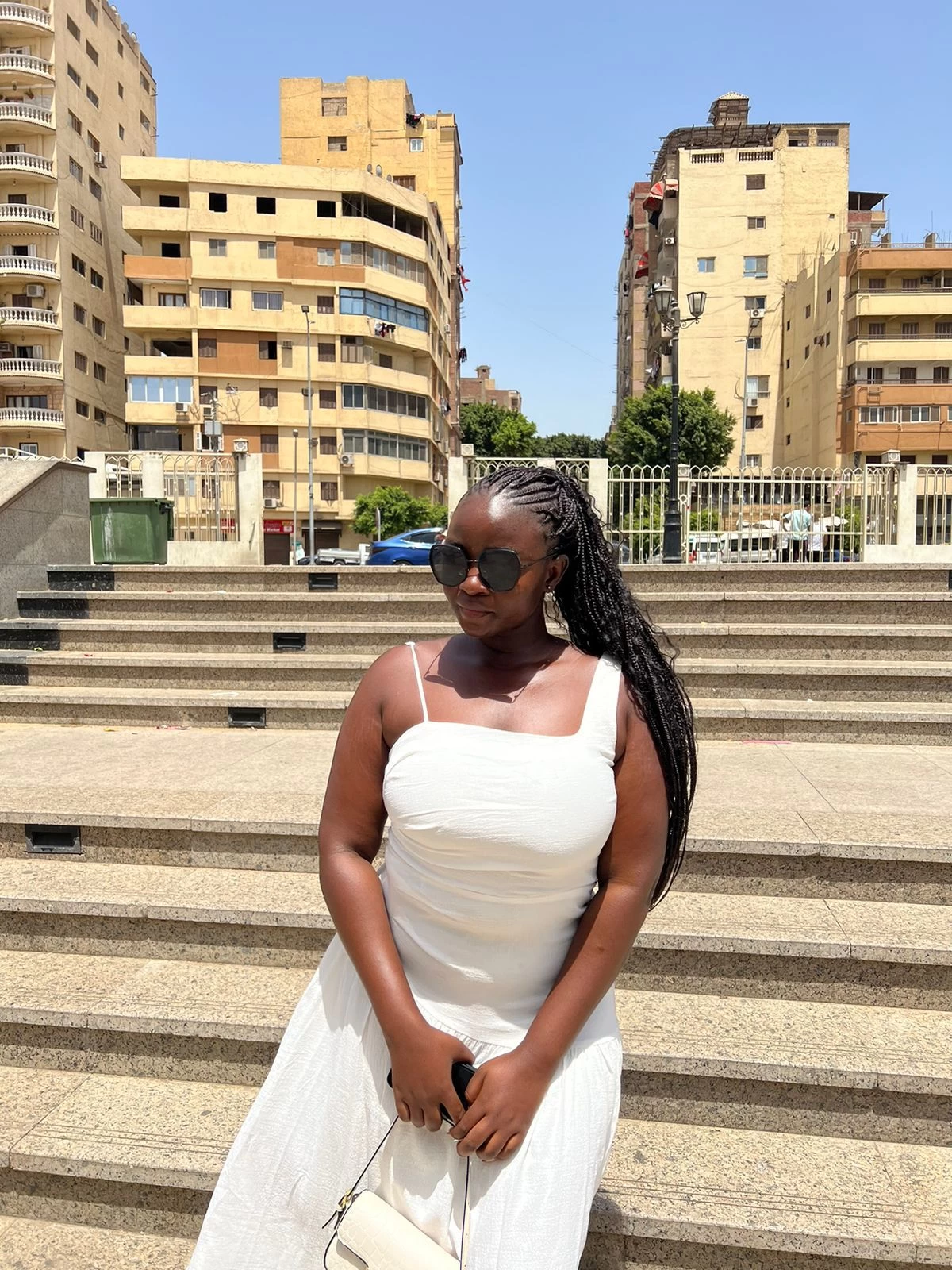
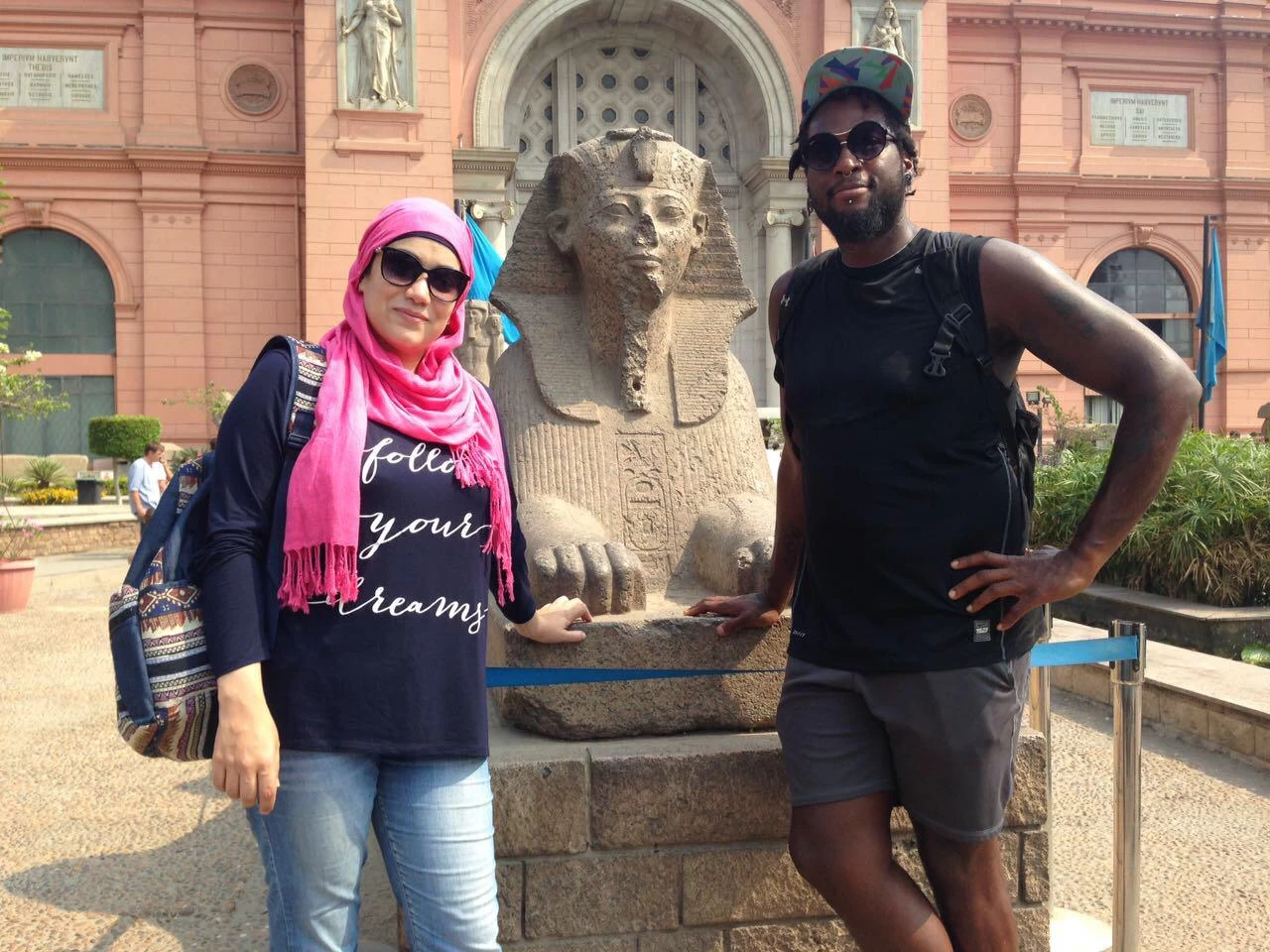
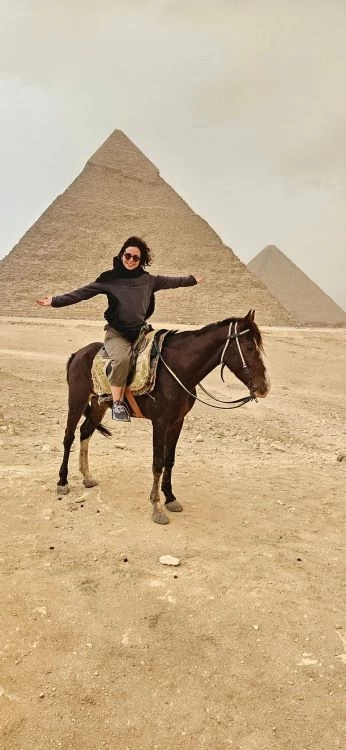
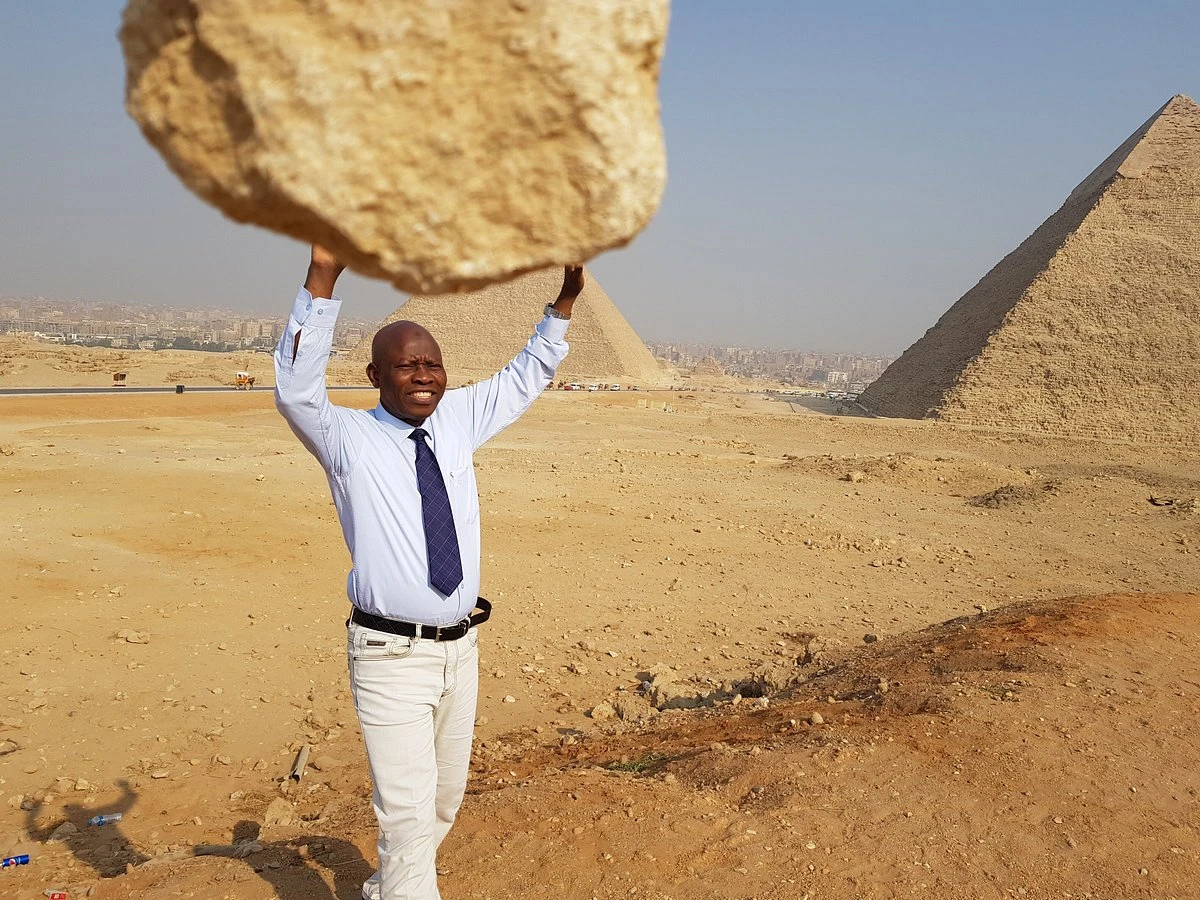
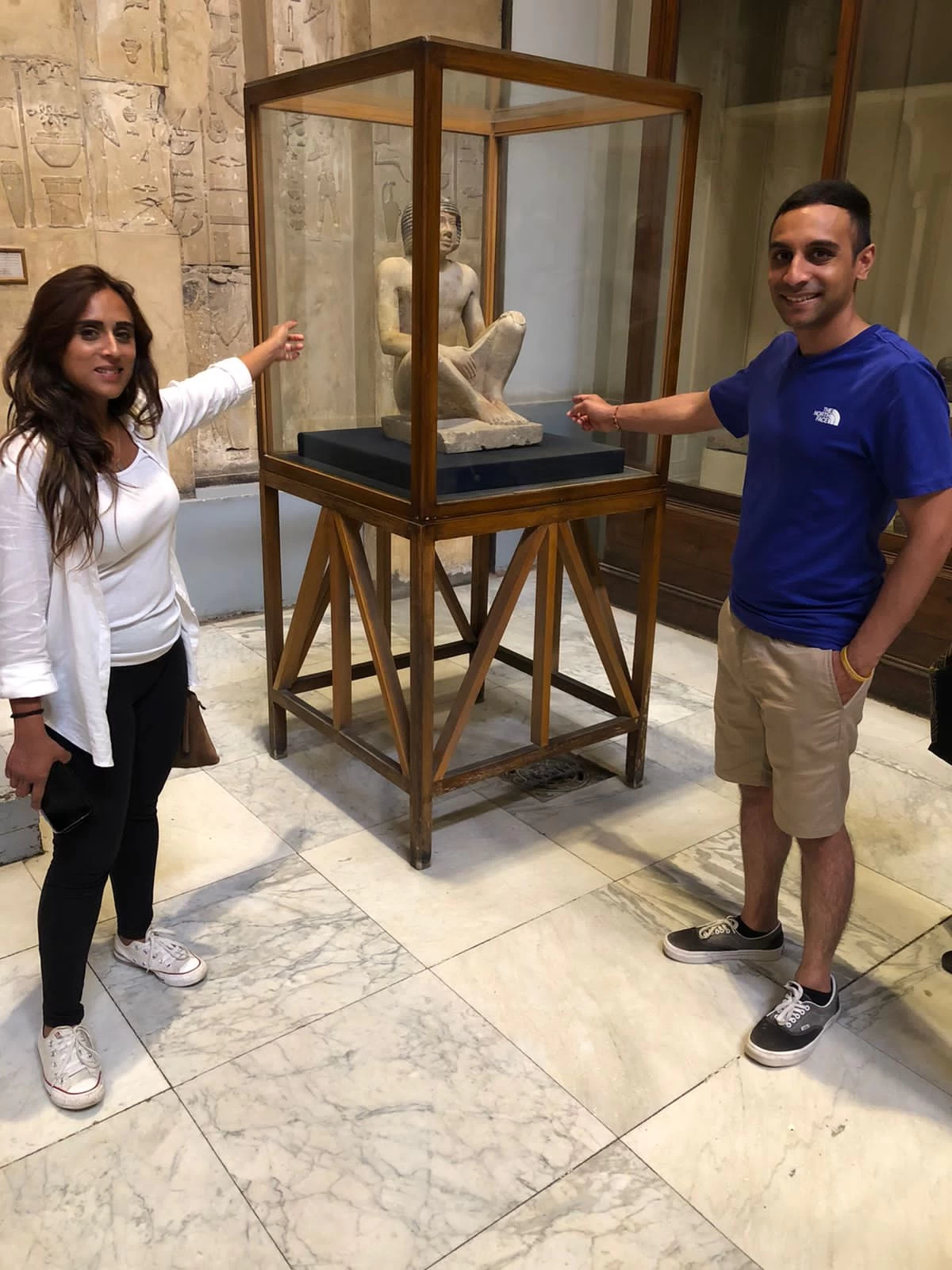
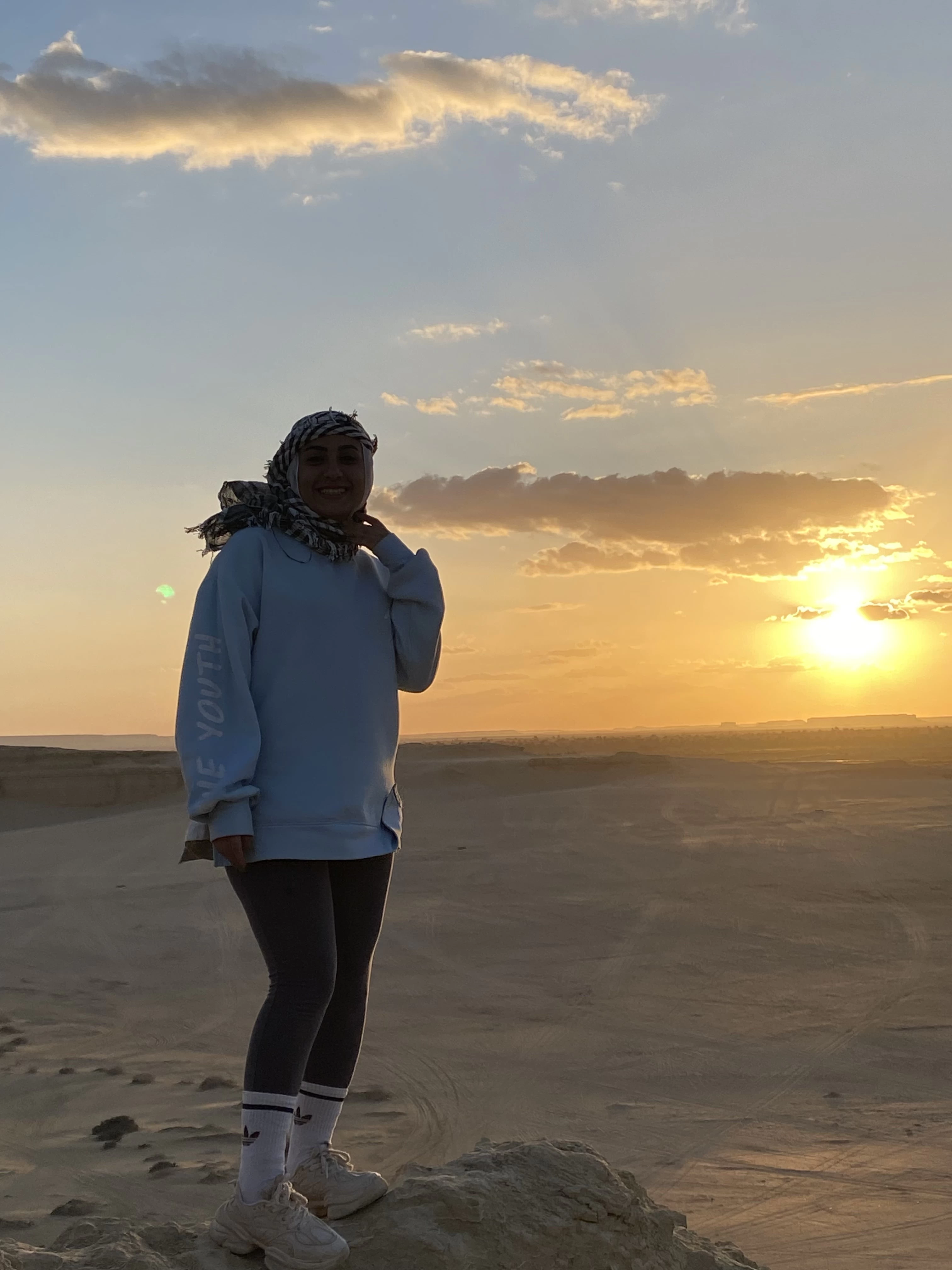
-webp.webp)
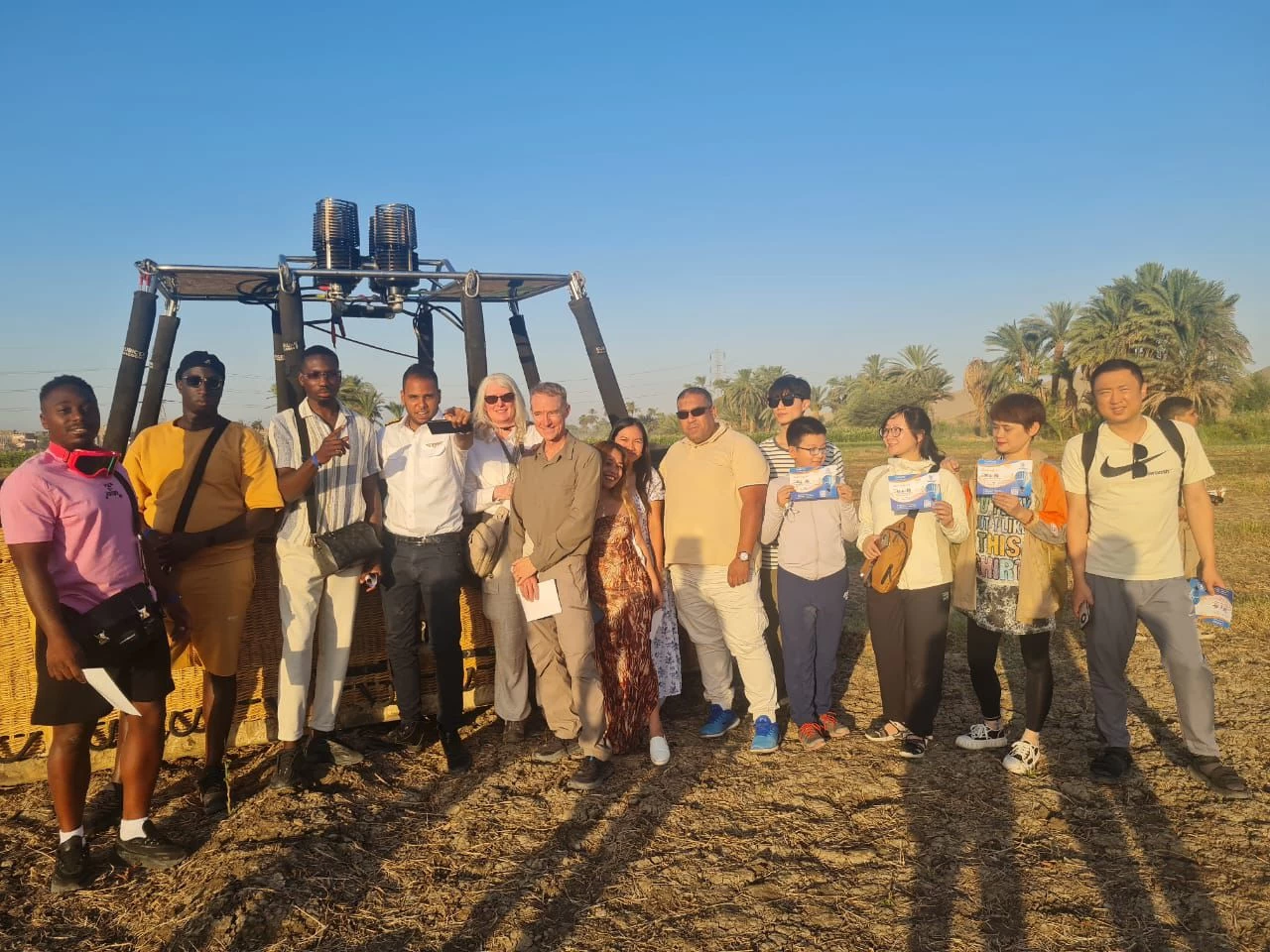
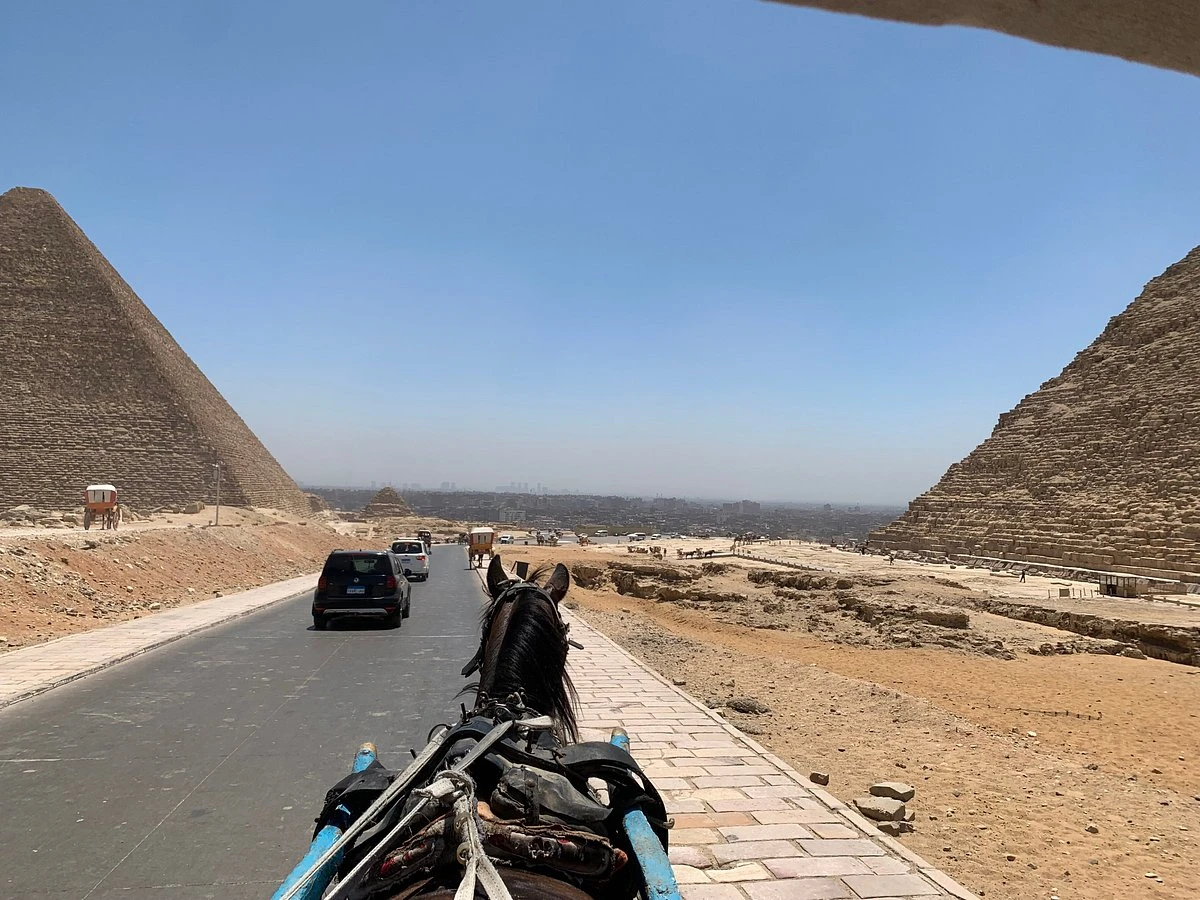
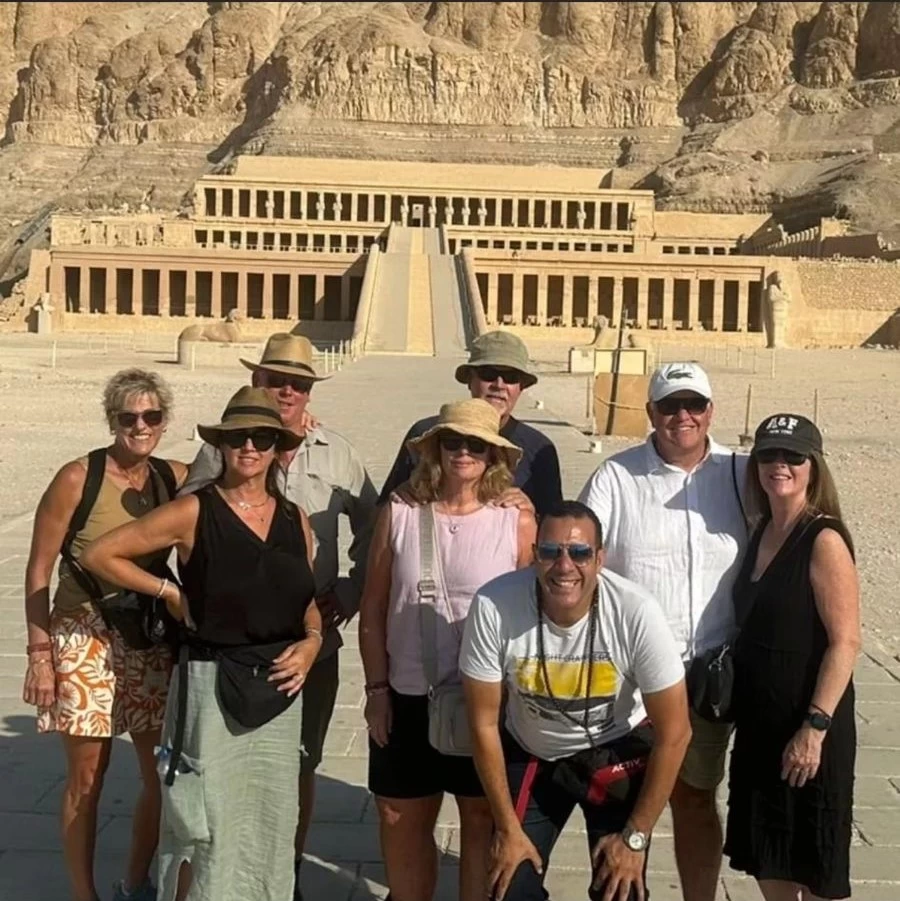
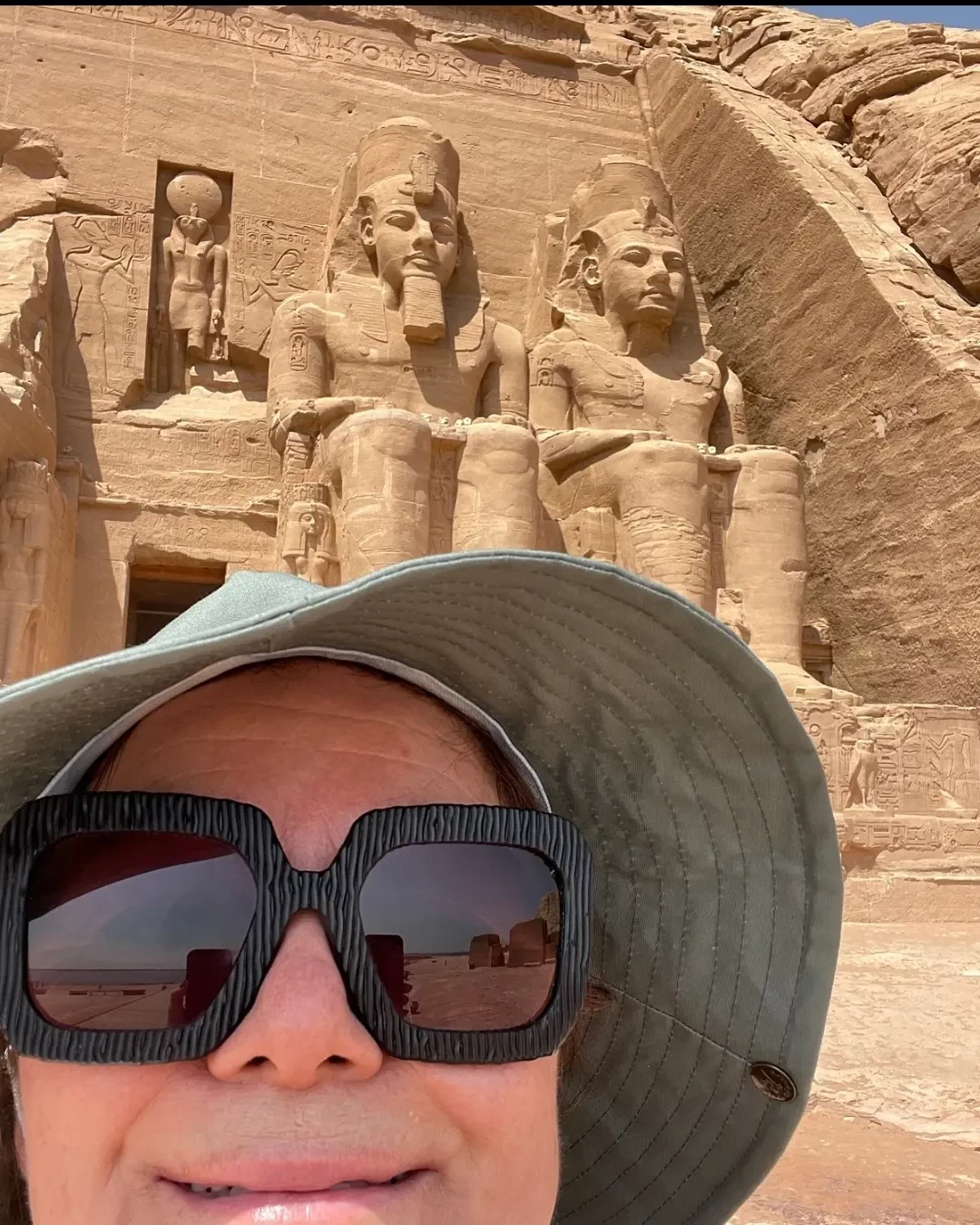
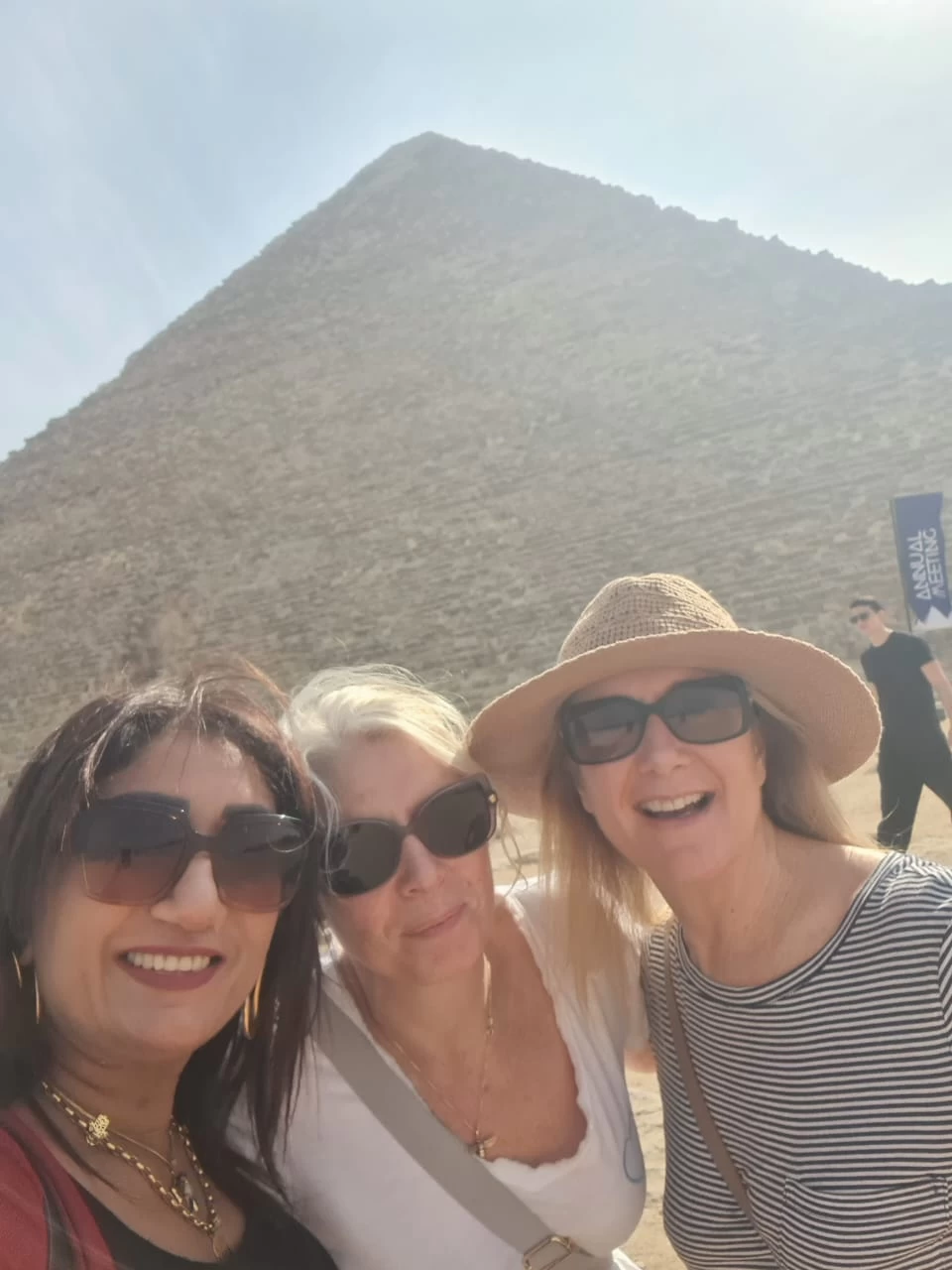
-webp.webp)

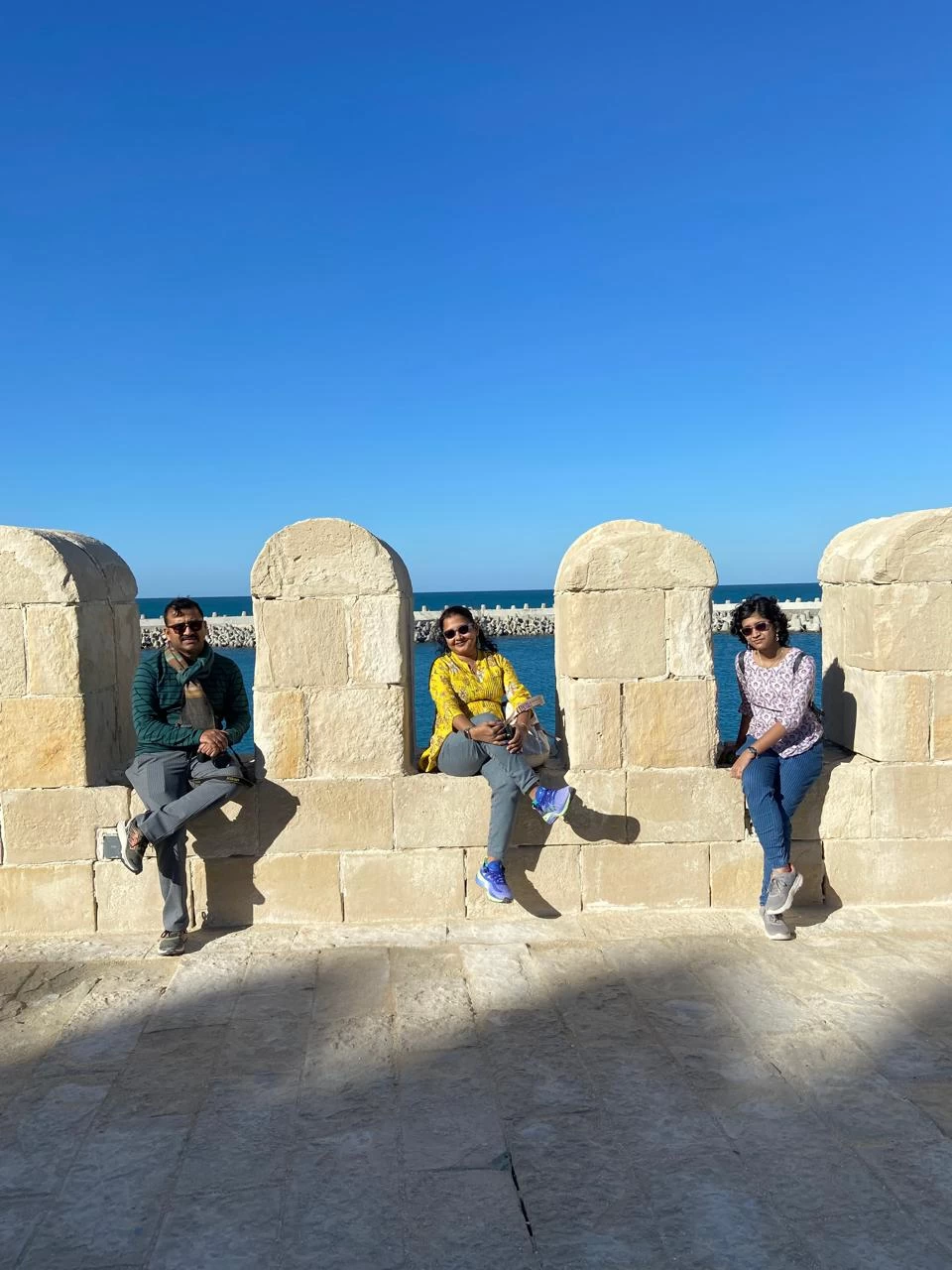
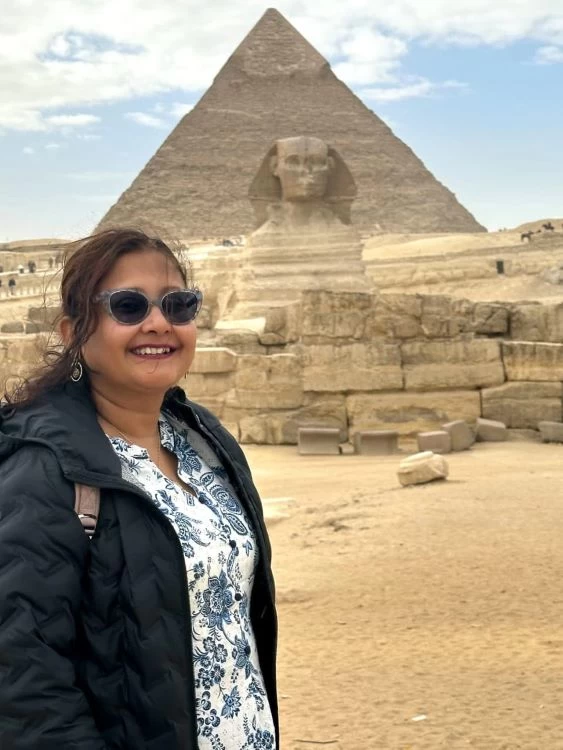
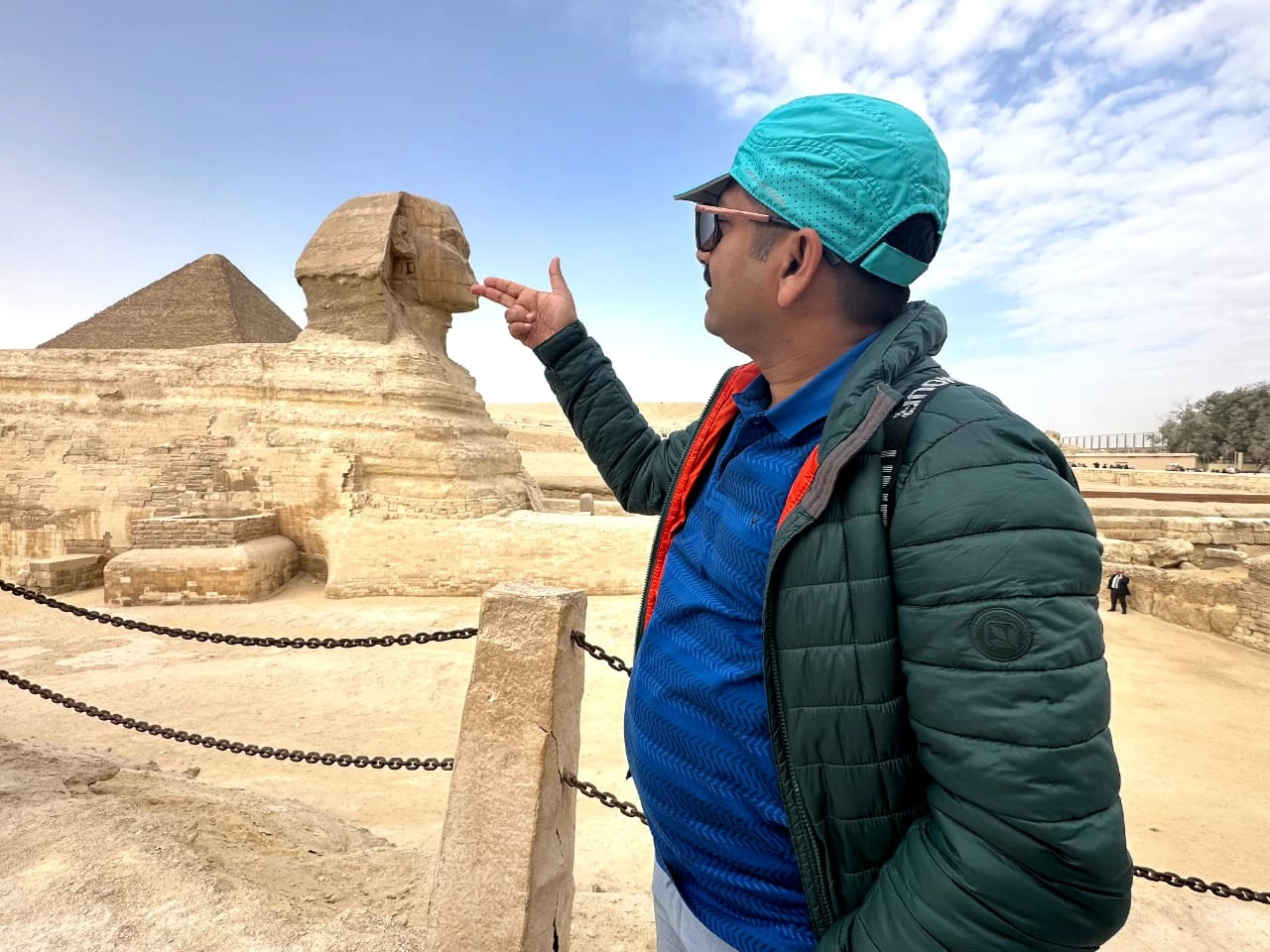
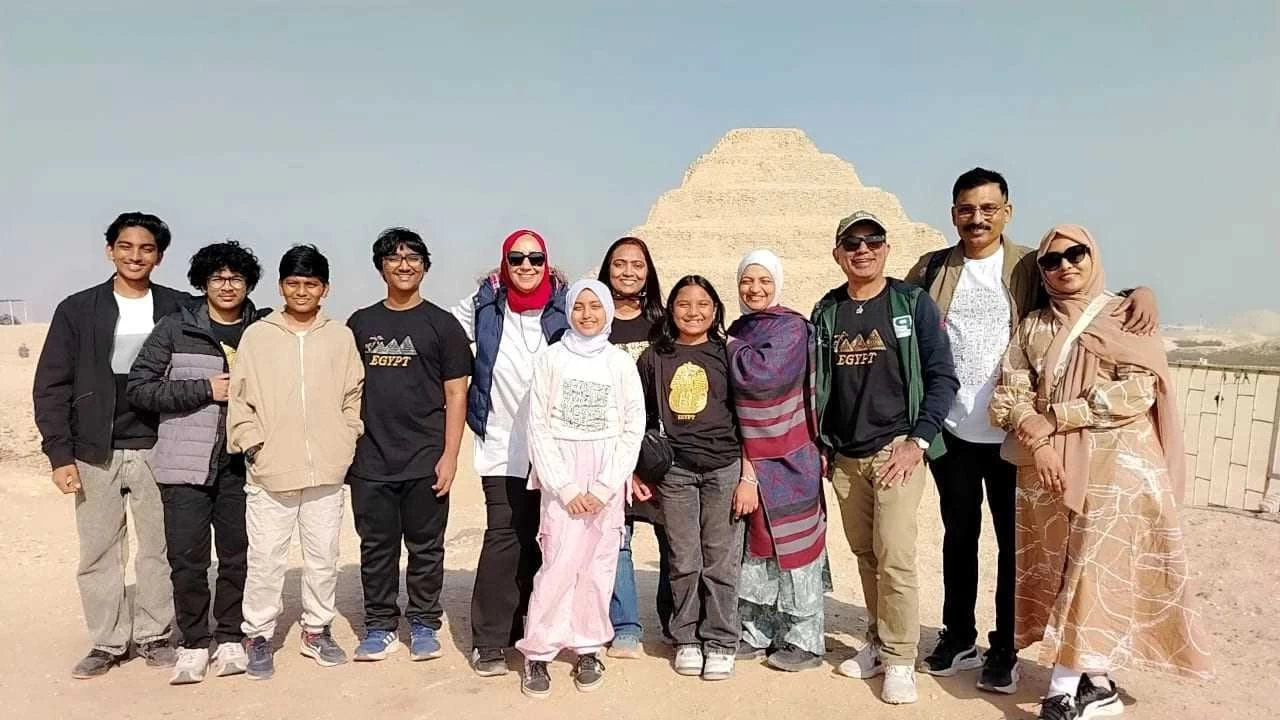
-webp.webp)
-webp.webp)
-webp.webp)
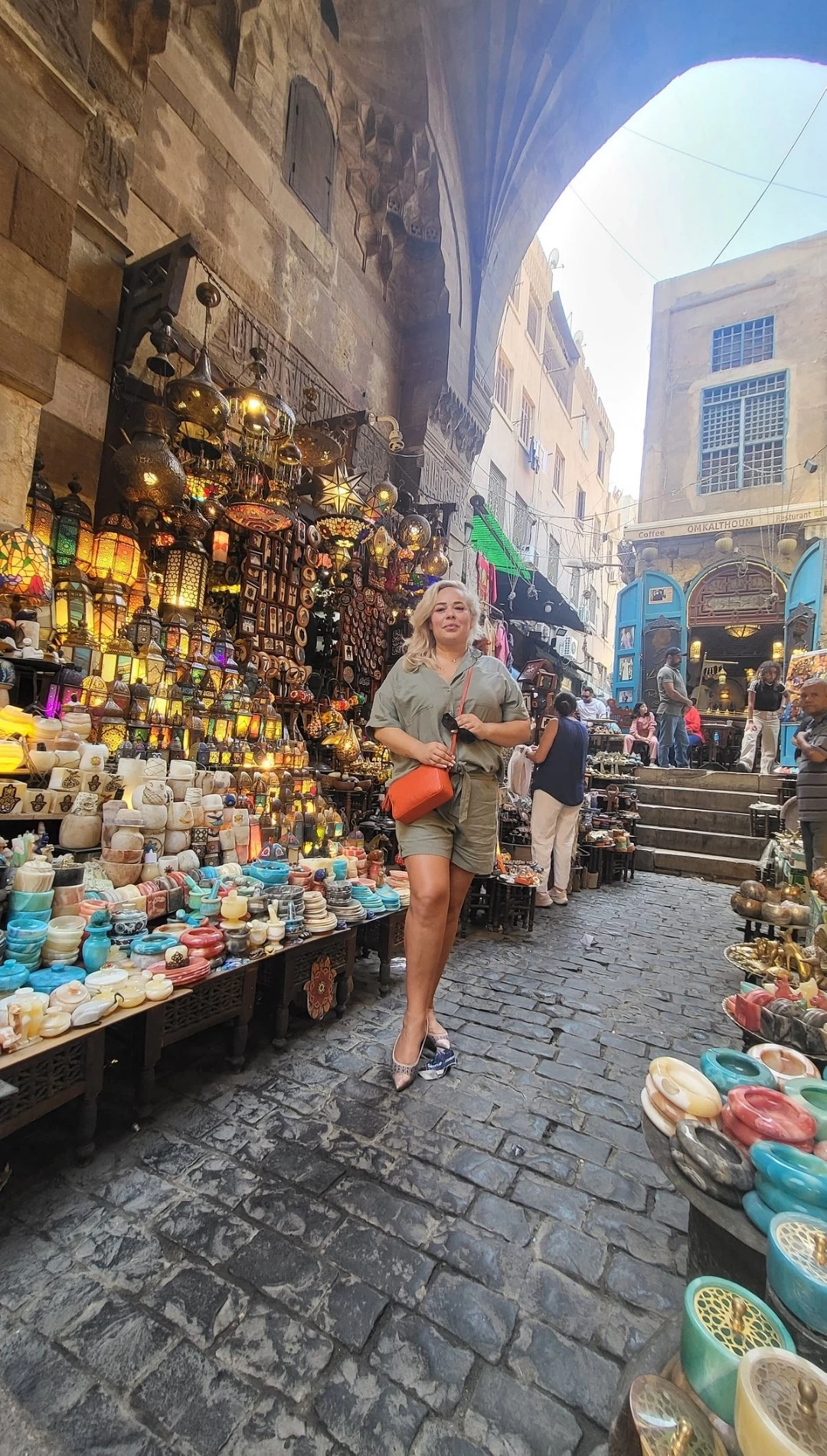
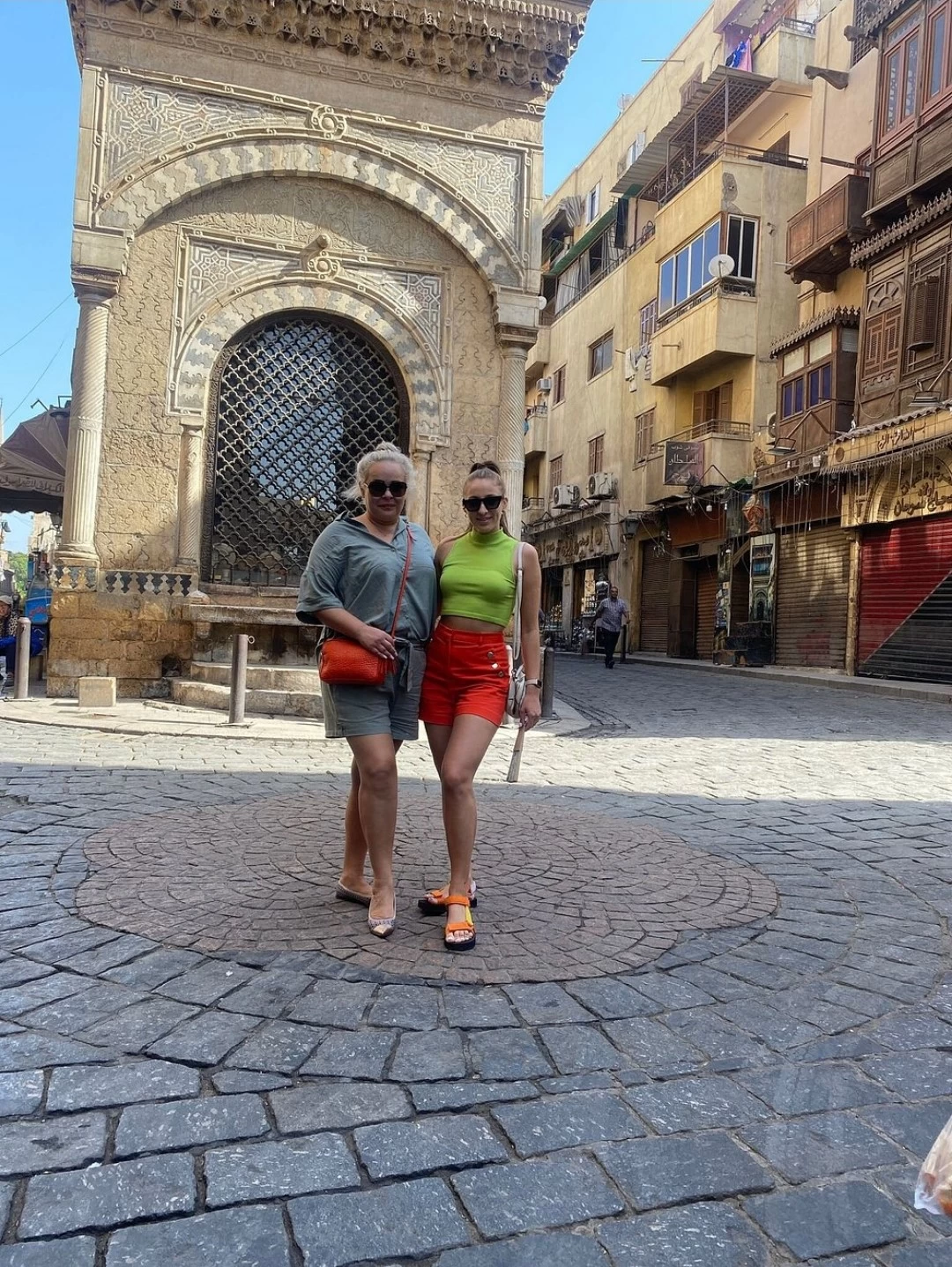

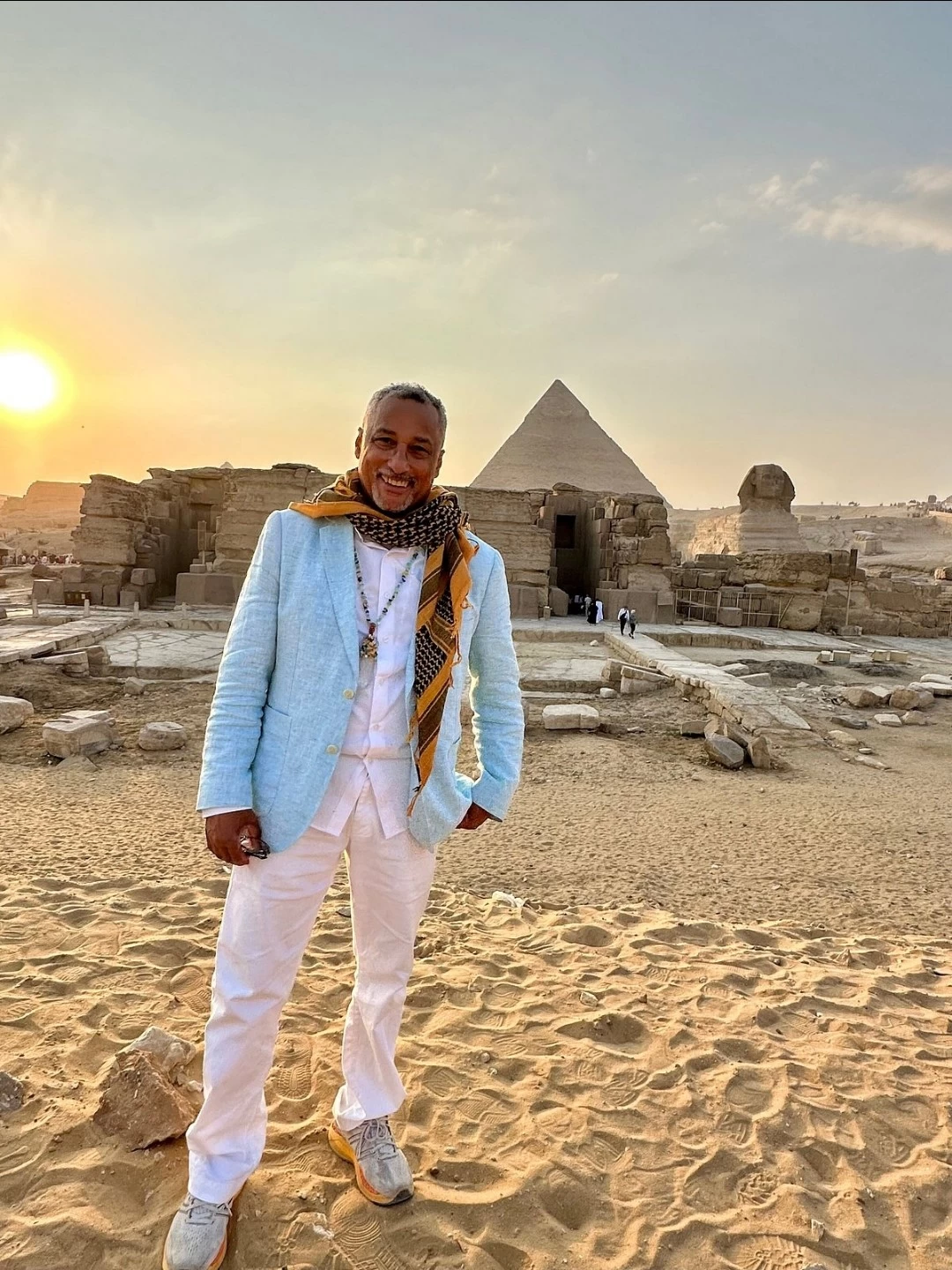
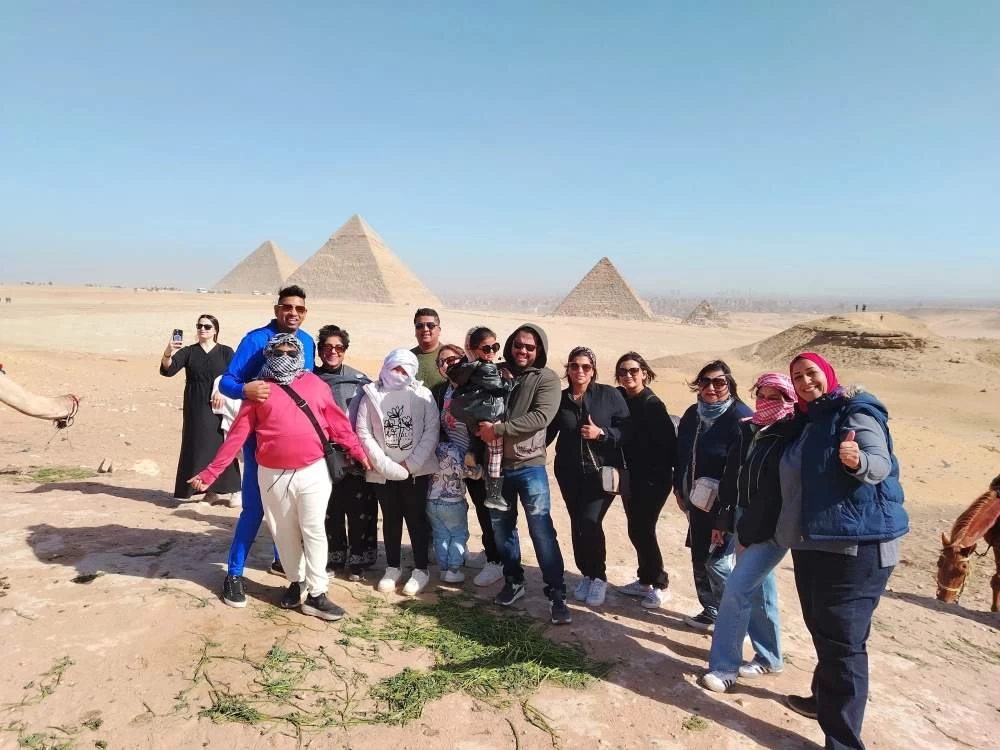
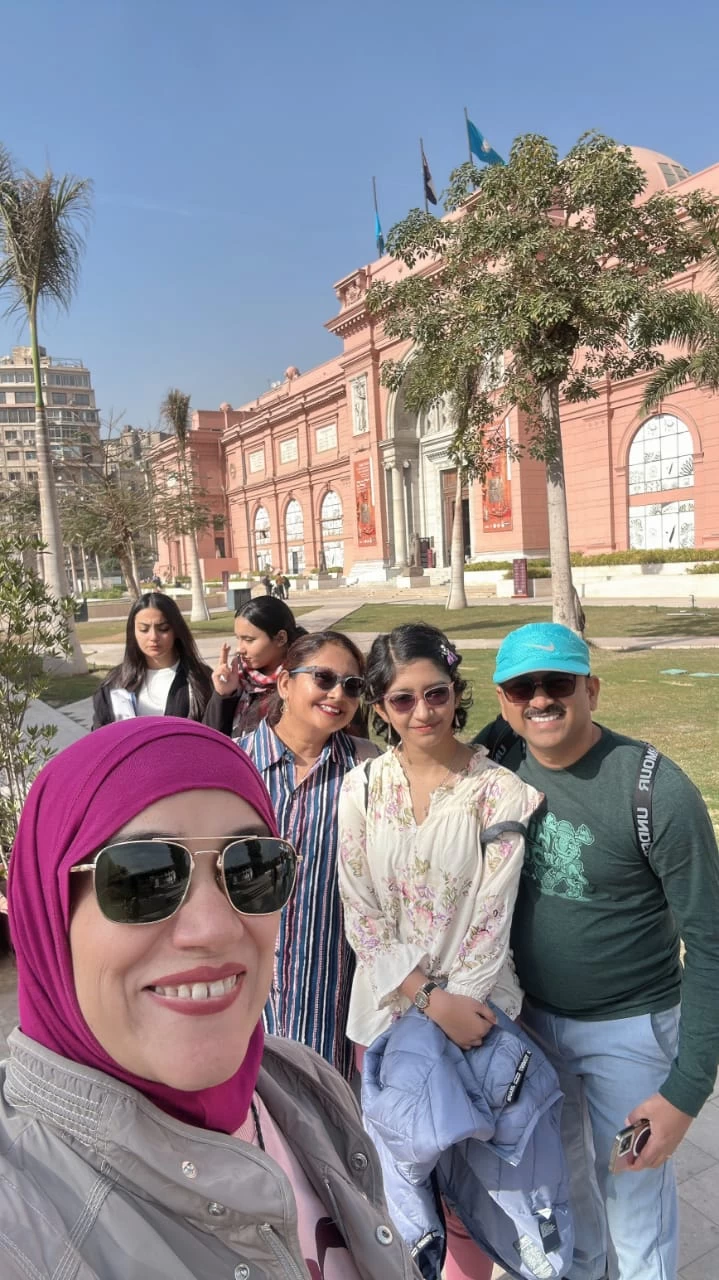
-webp.webp)
-webp.webp)
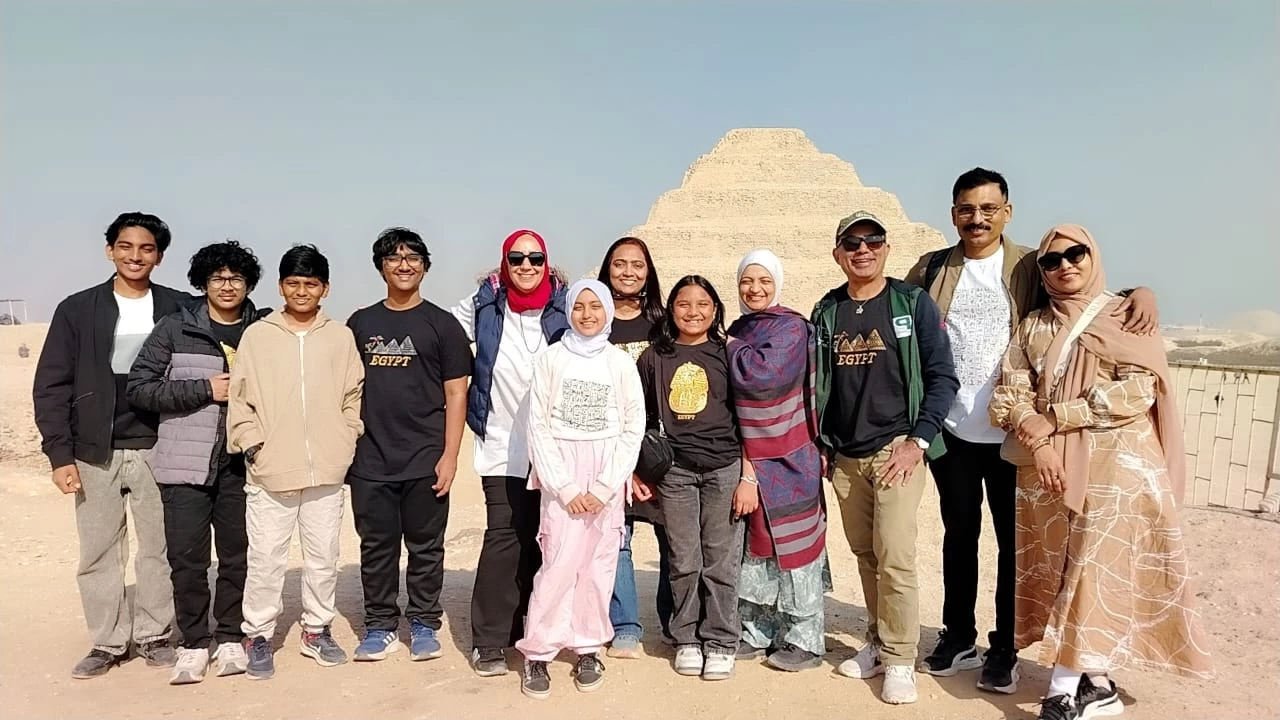
-webp.webp)
-webp.webp)
-webp.webp)
-webp.webp)
-webp.webp)
-webp.webp)
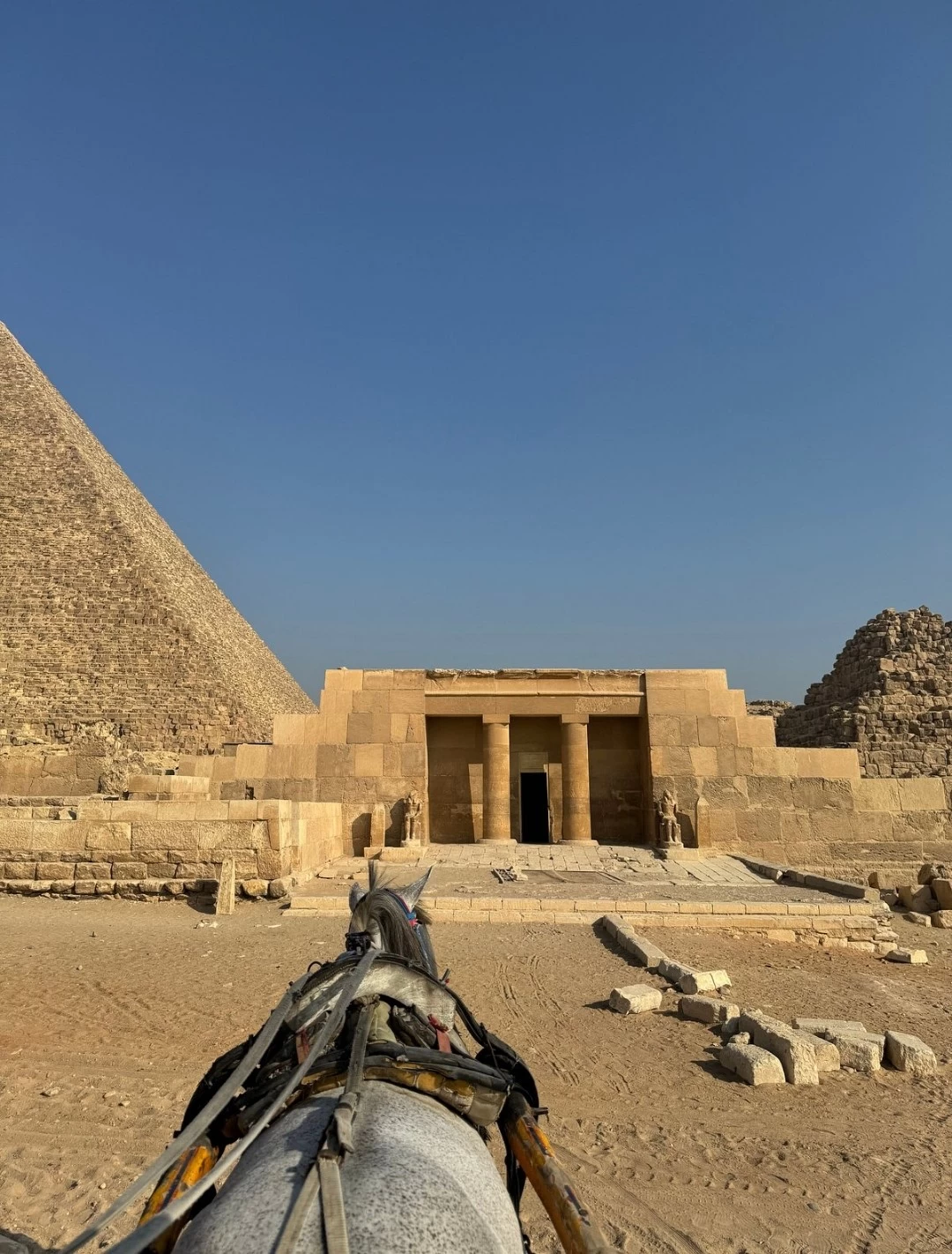
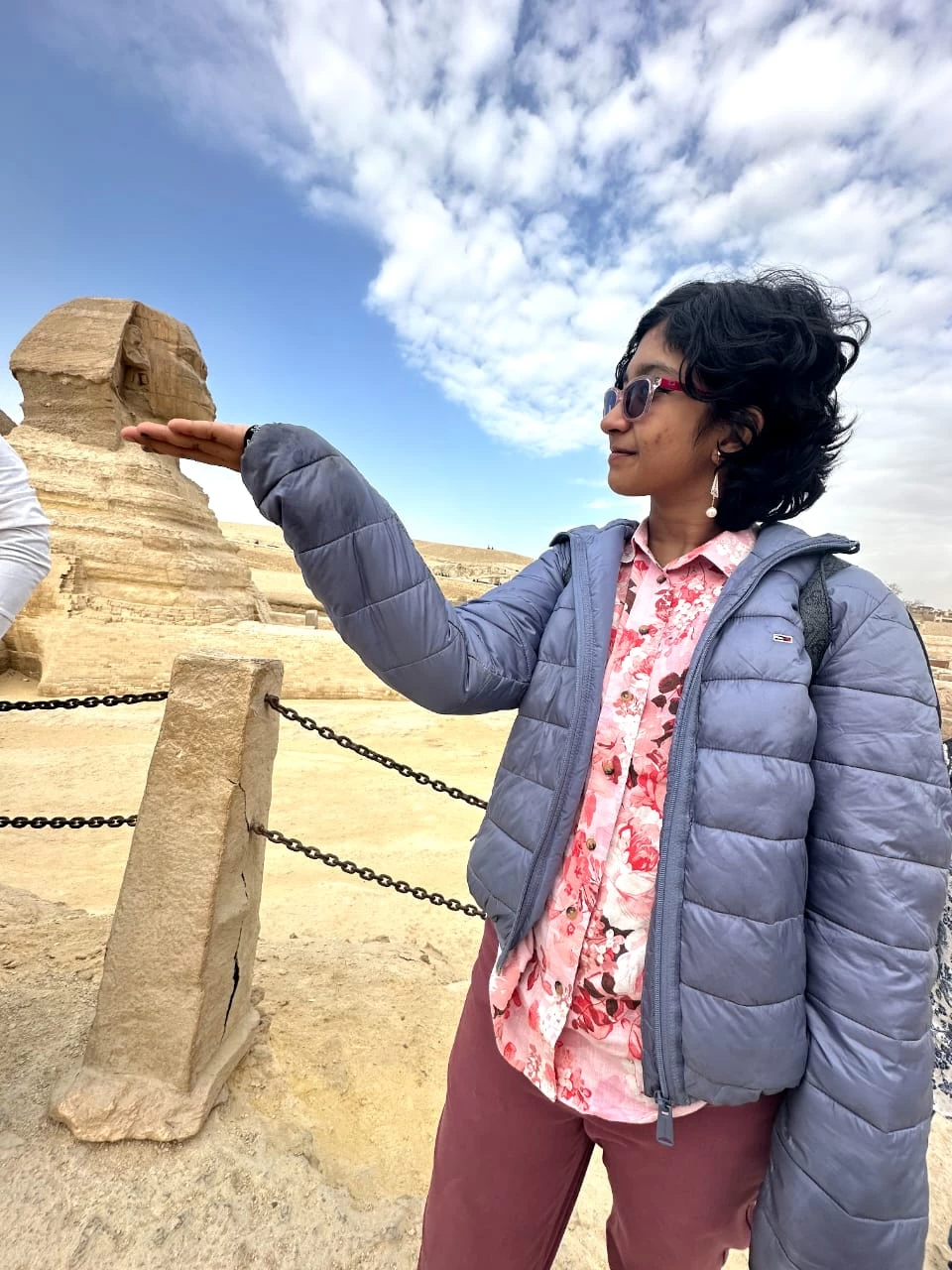
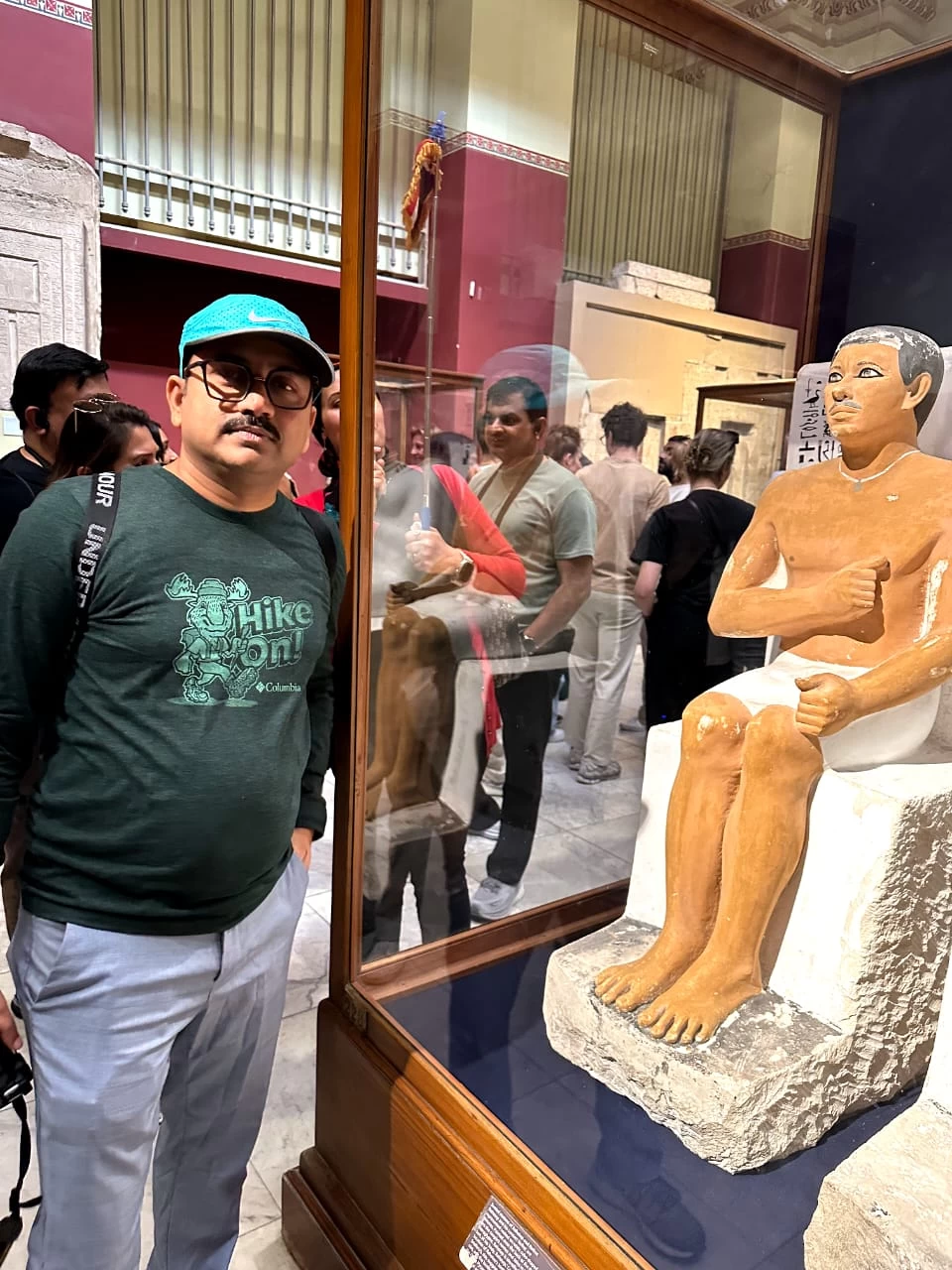
-webp.webp)
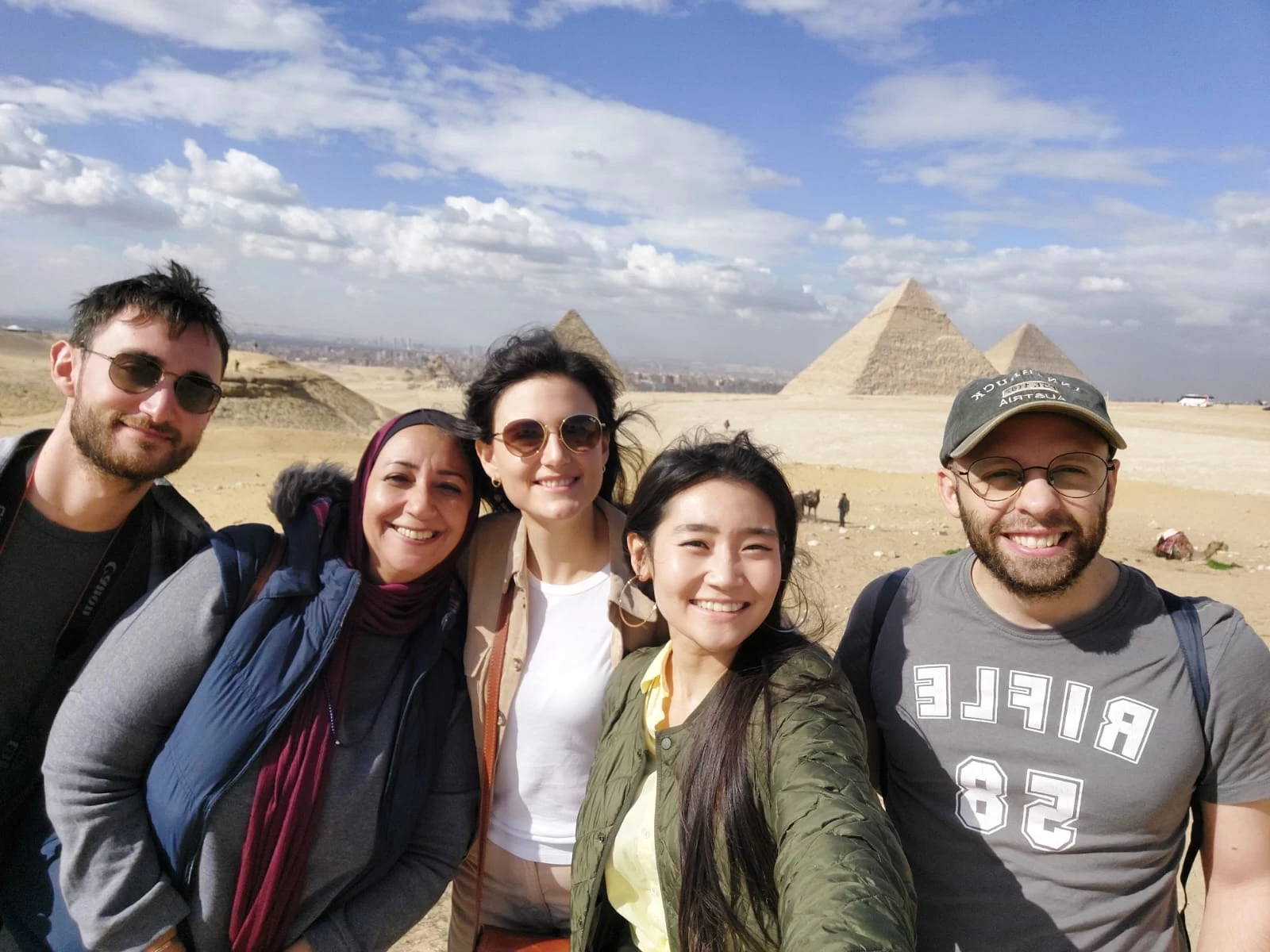
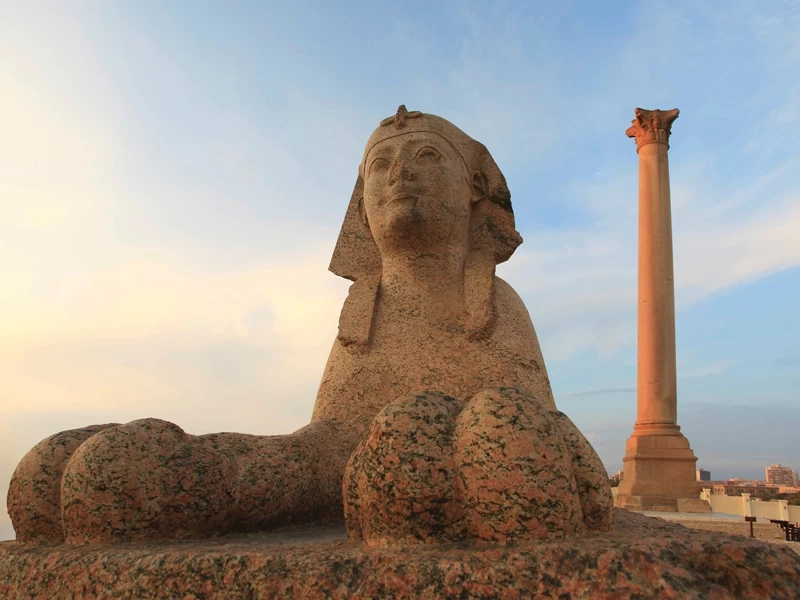
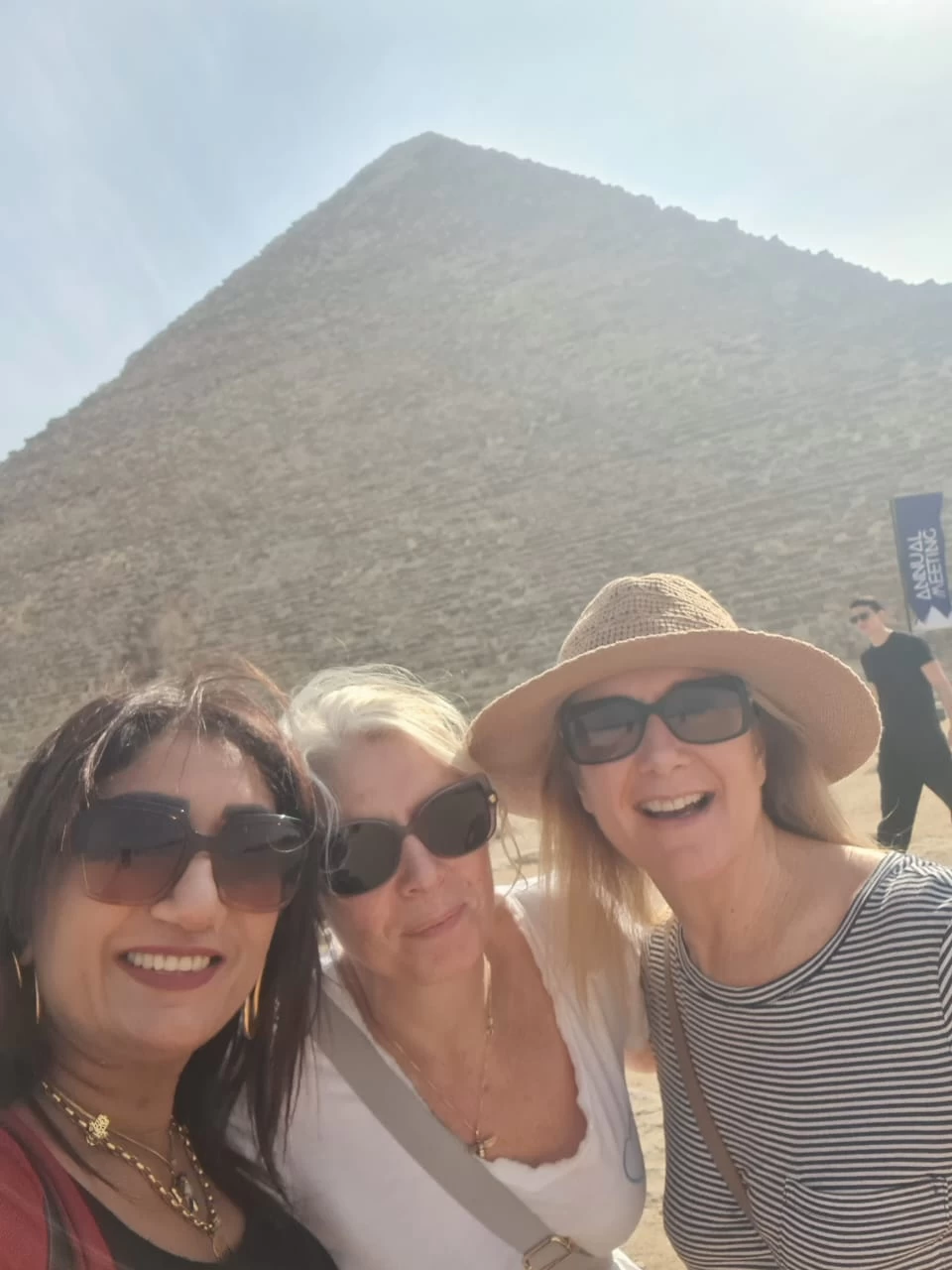


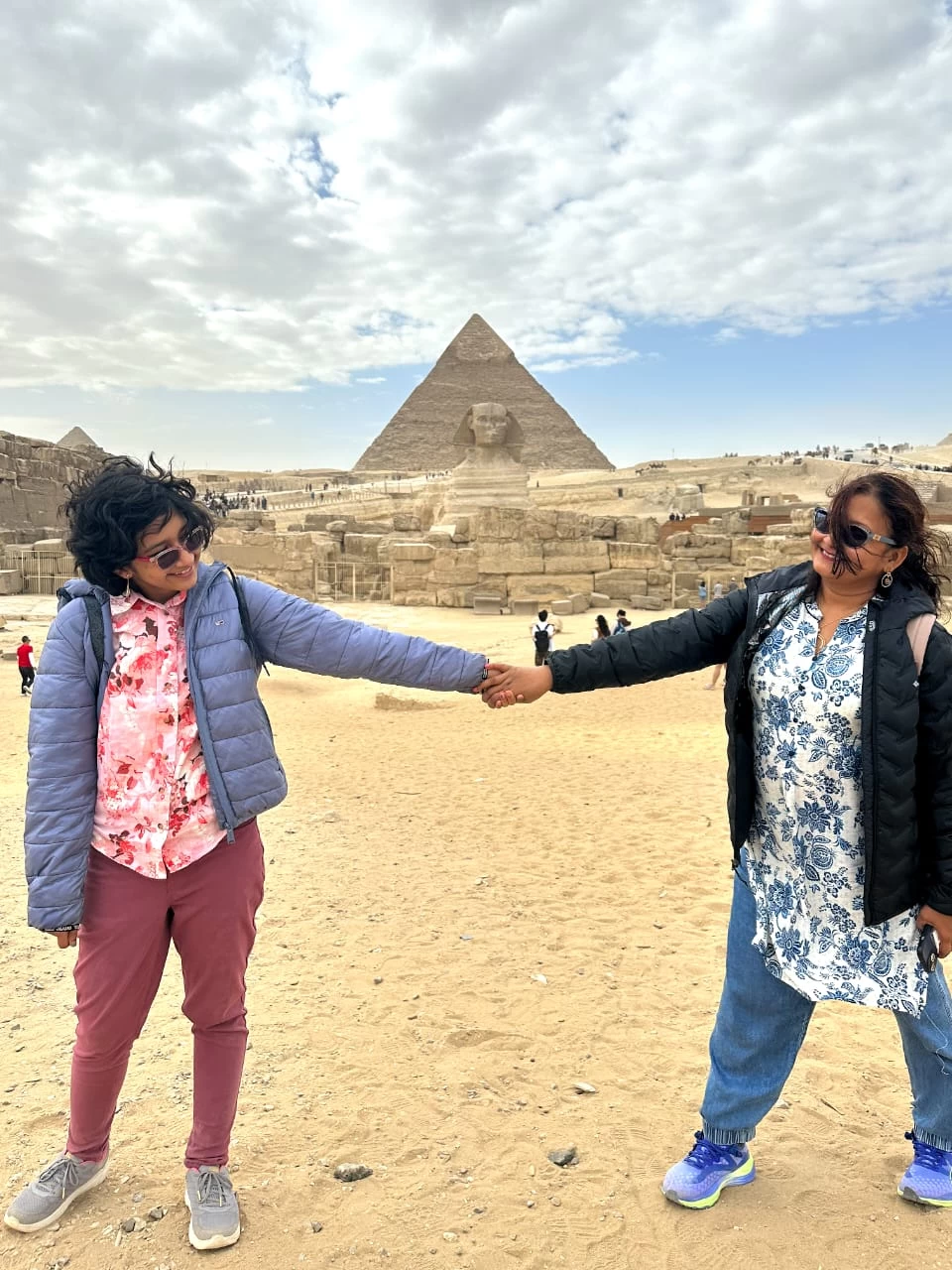
-webp.webp)
-webp.webp)







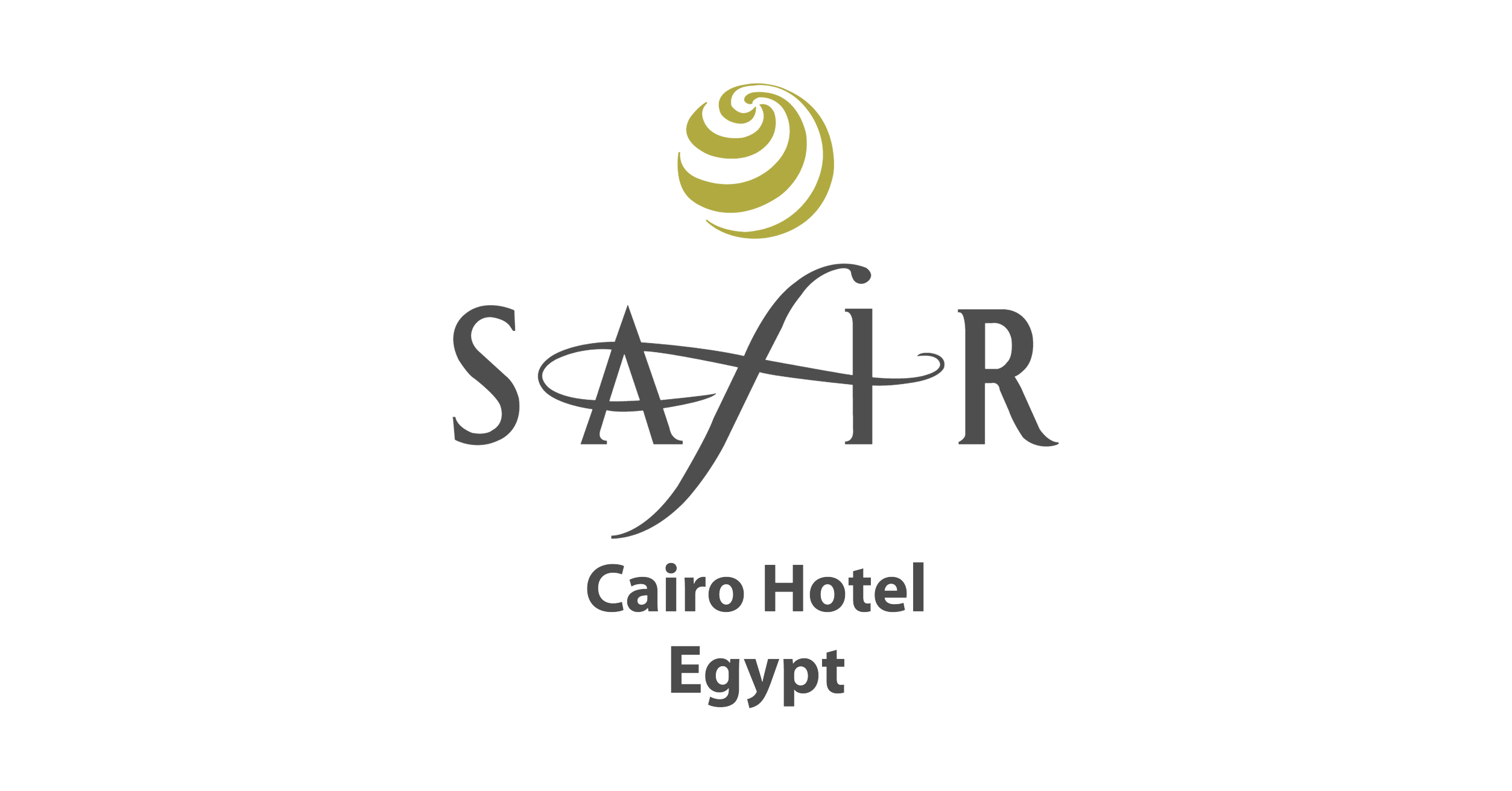


.png)

